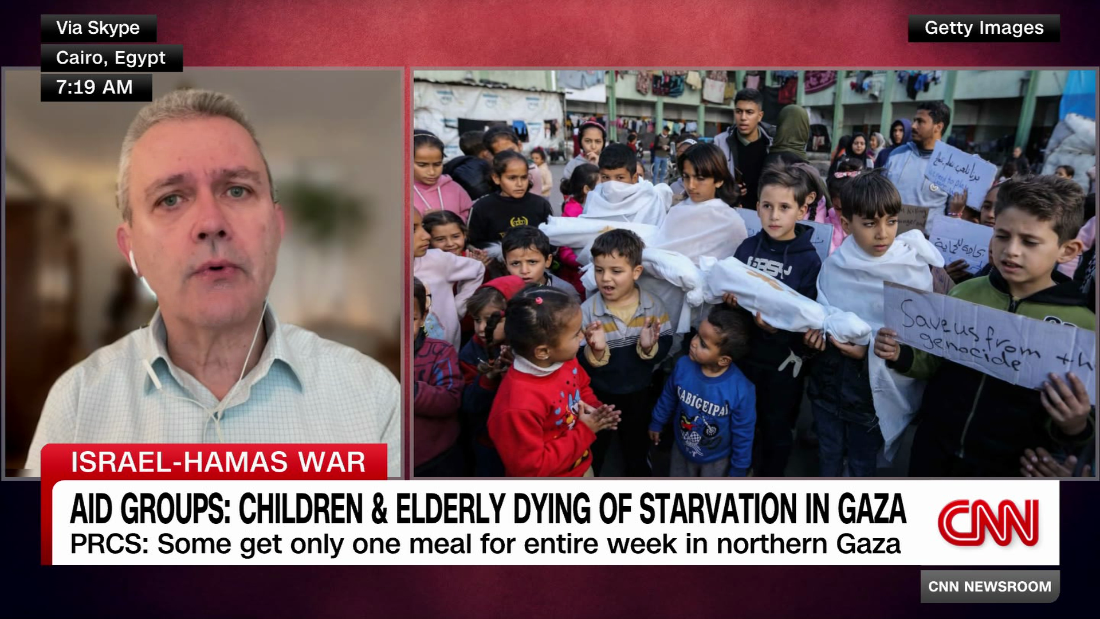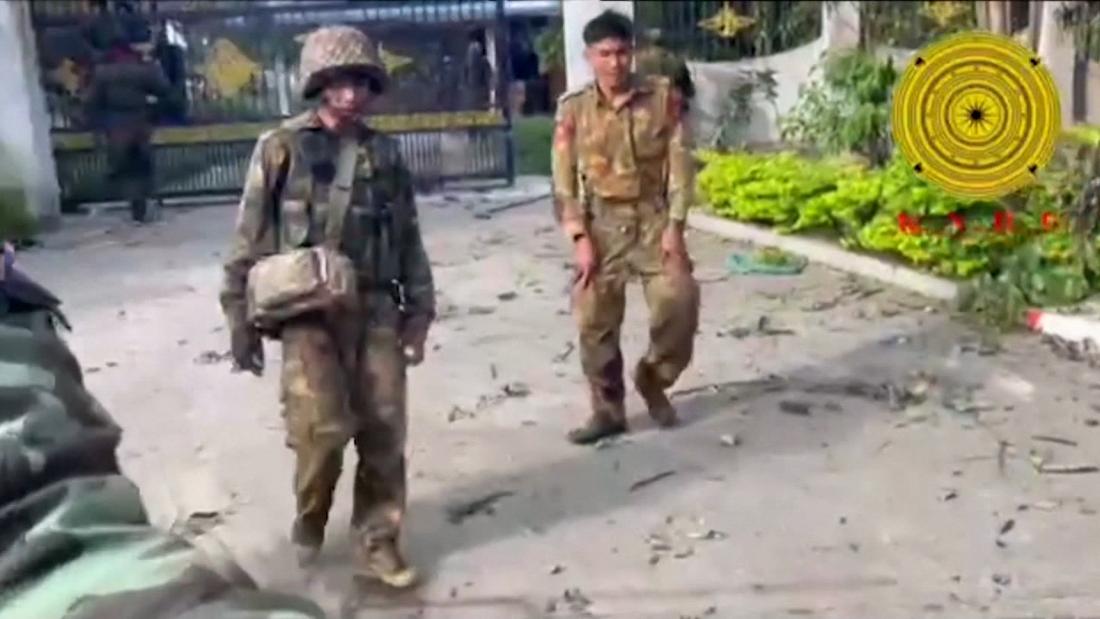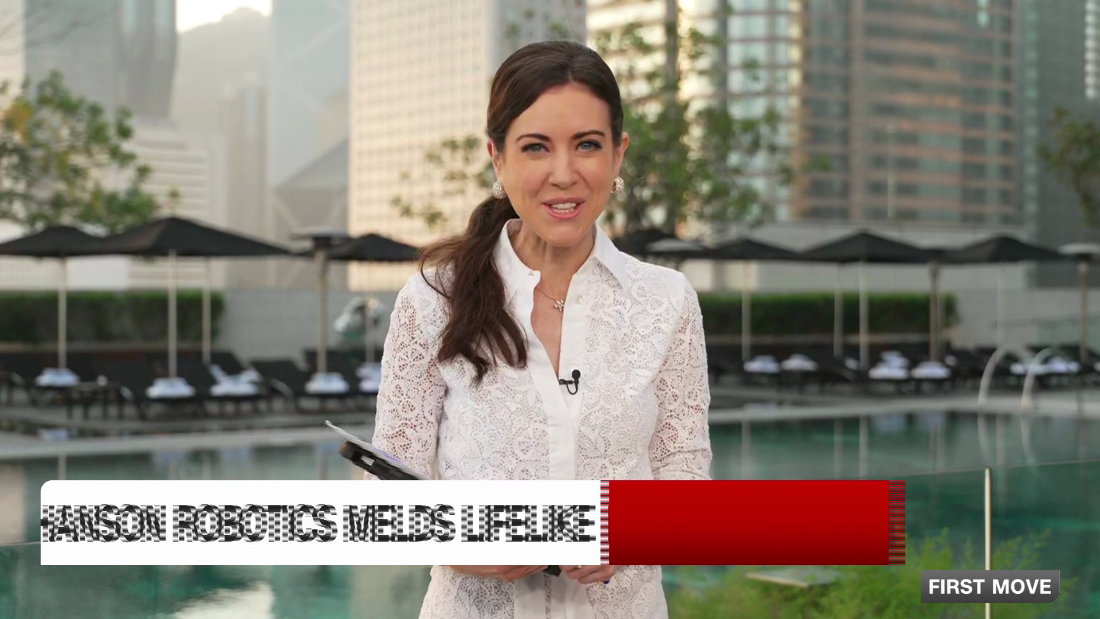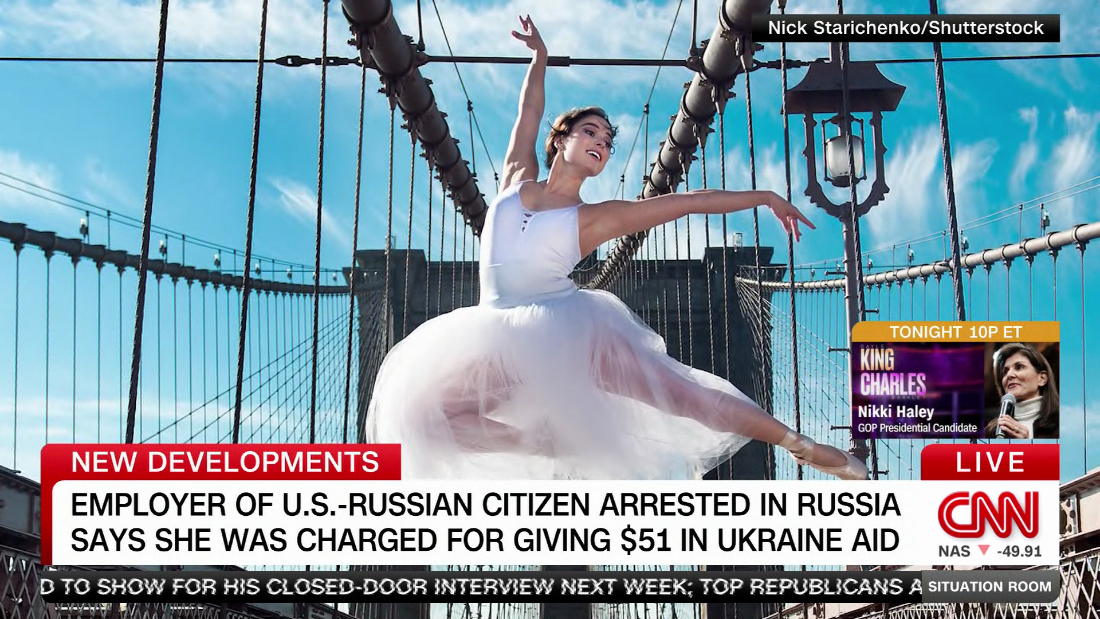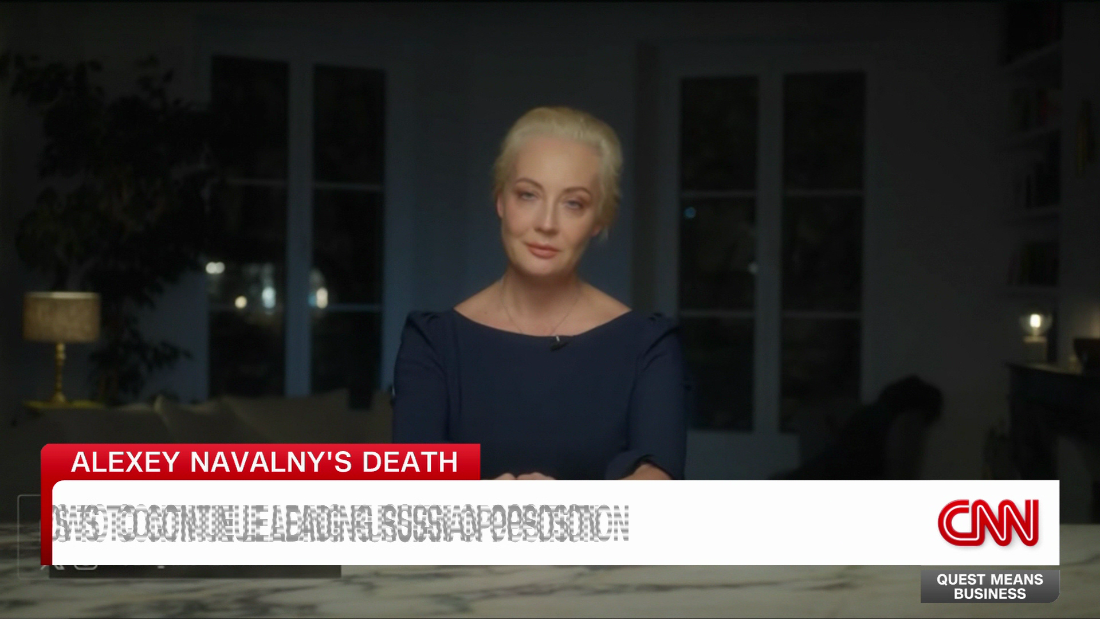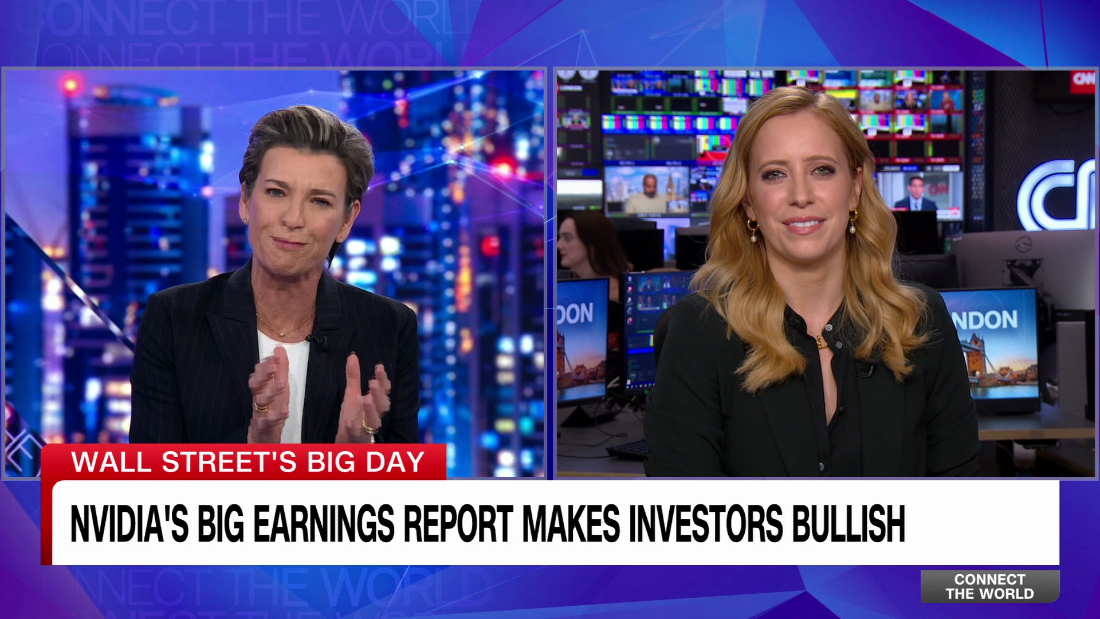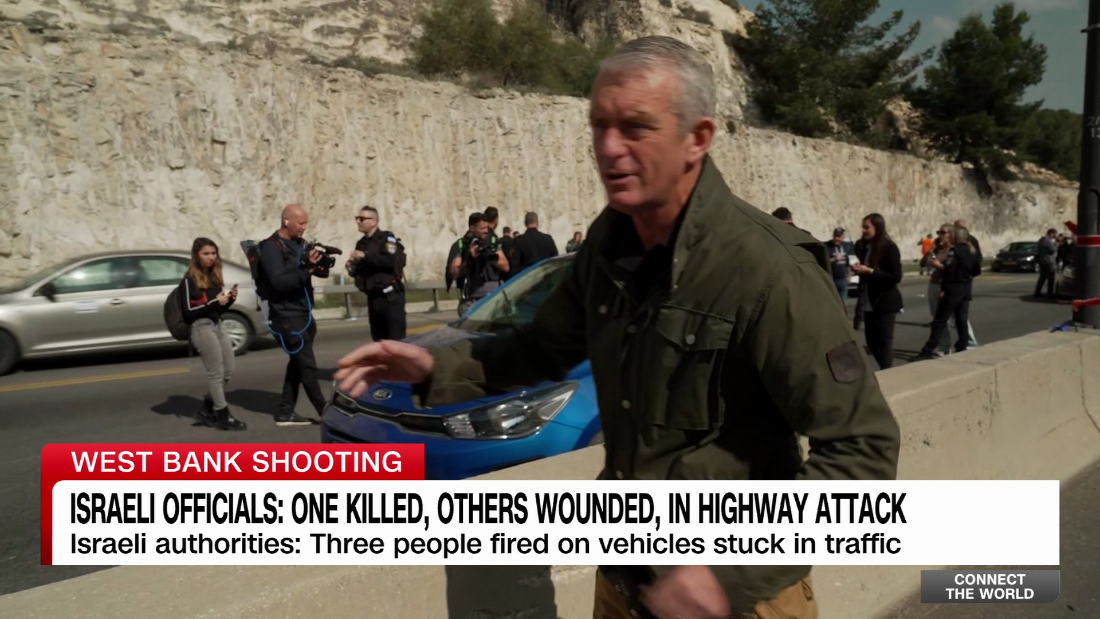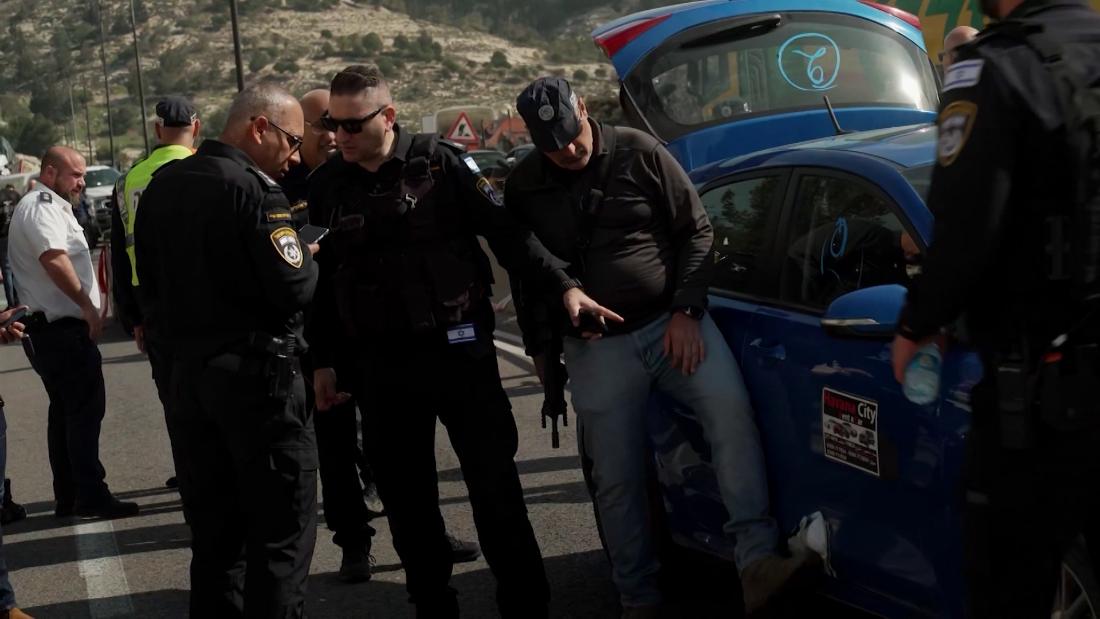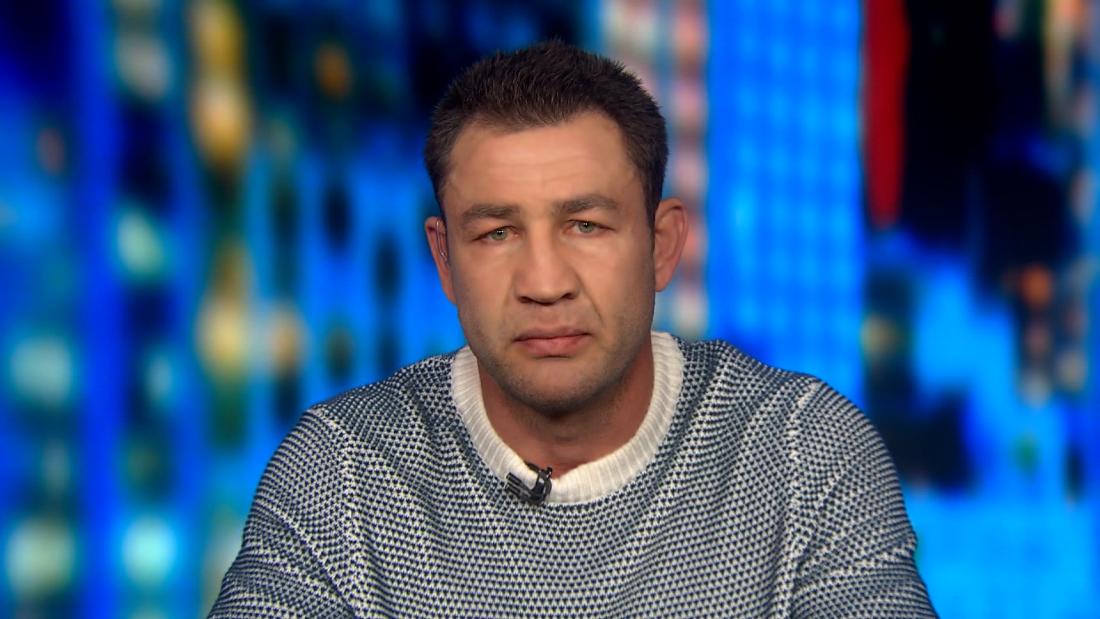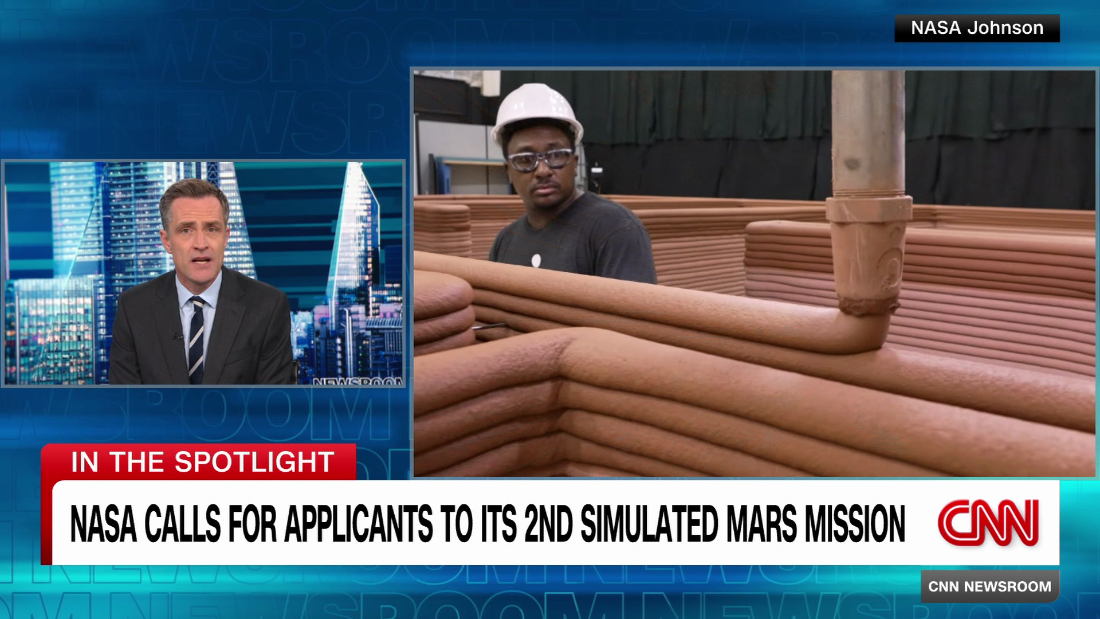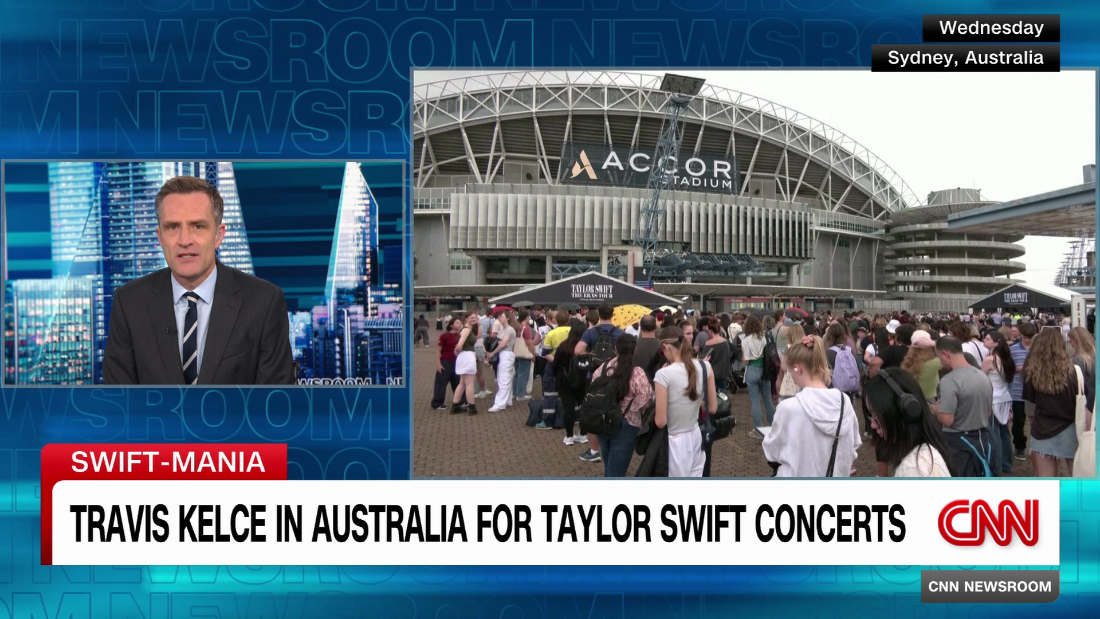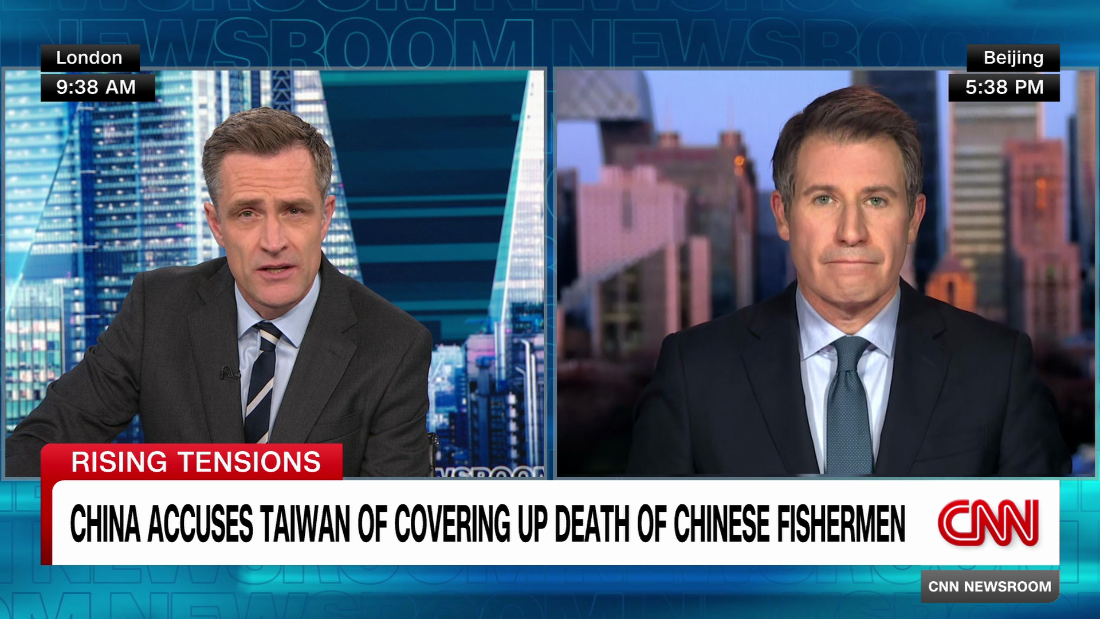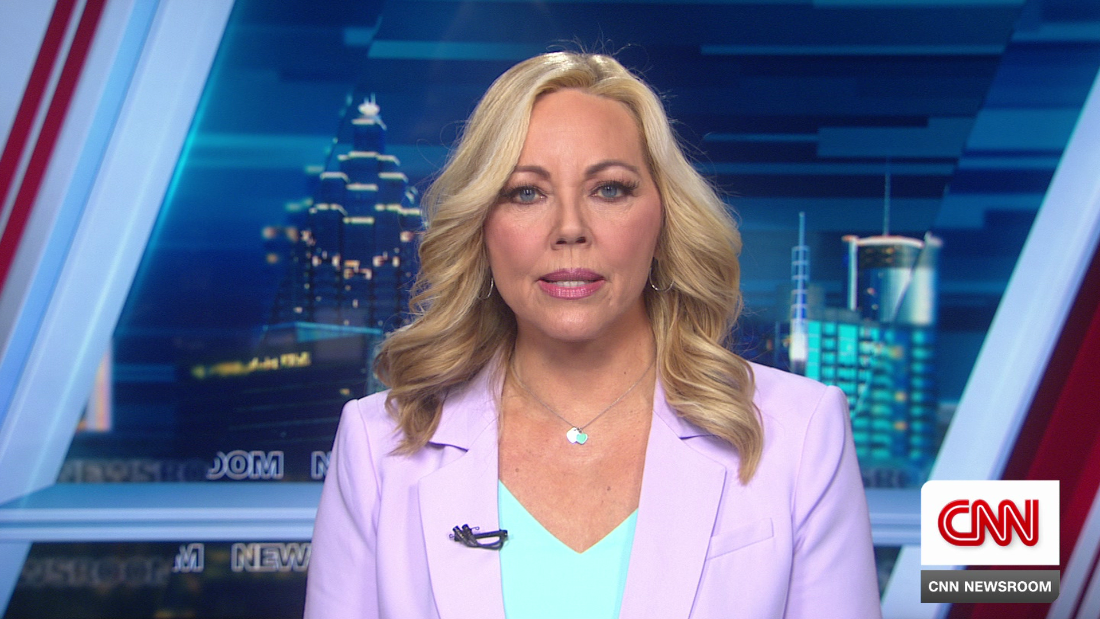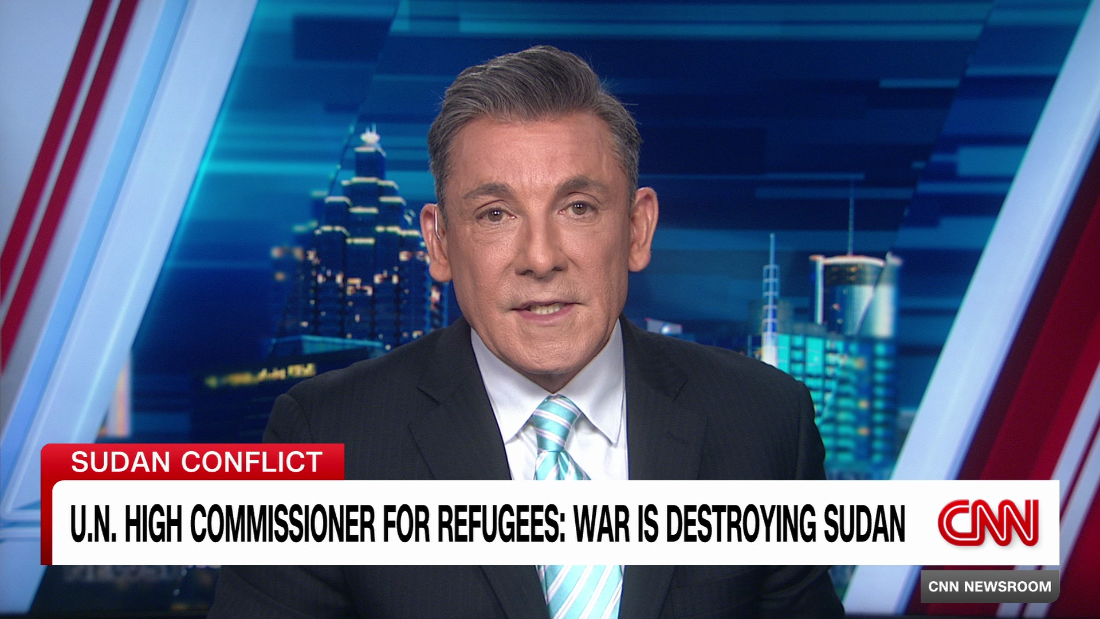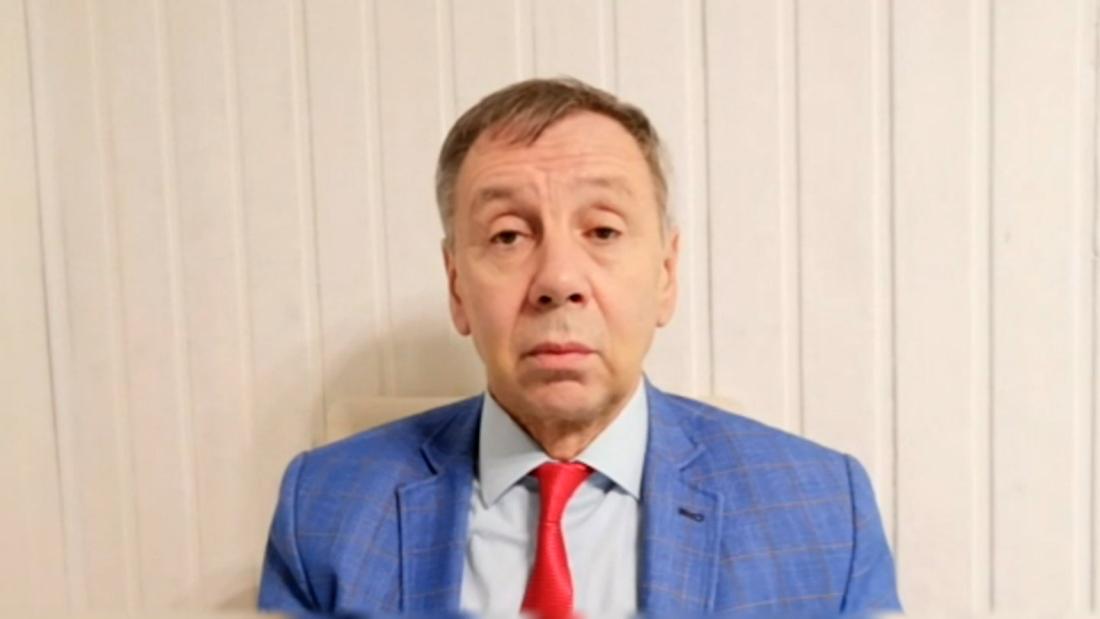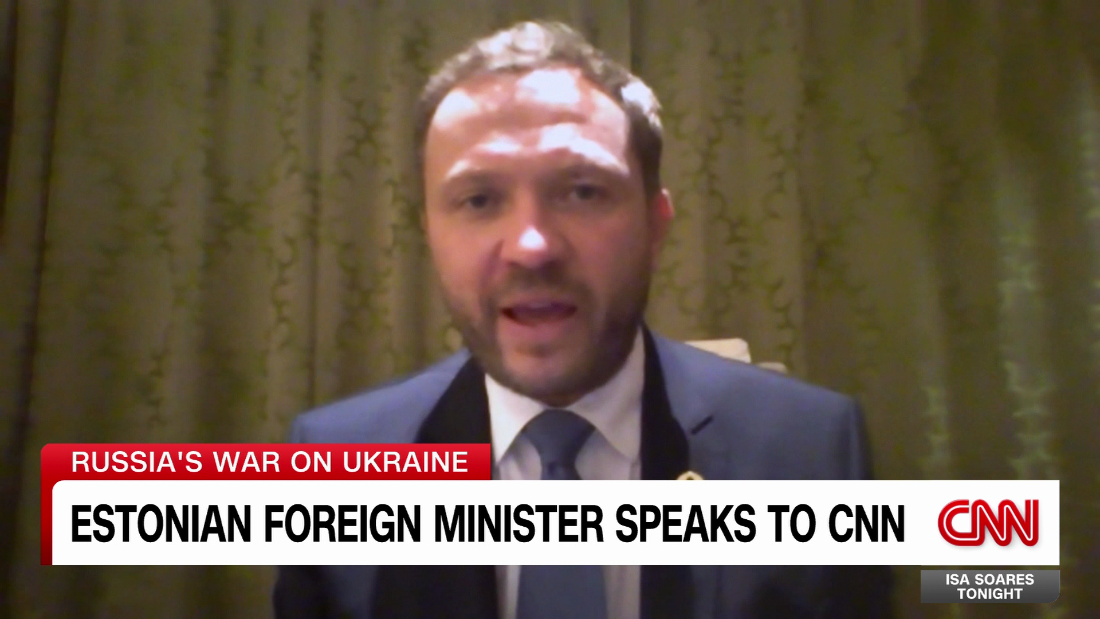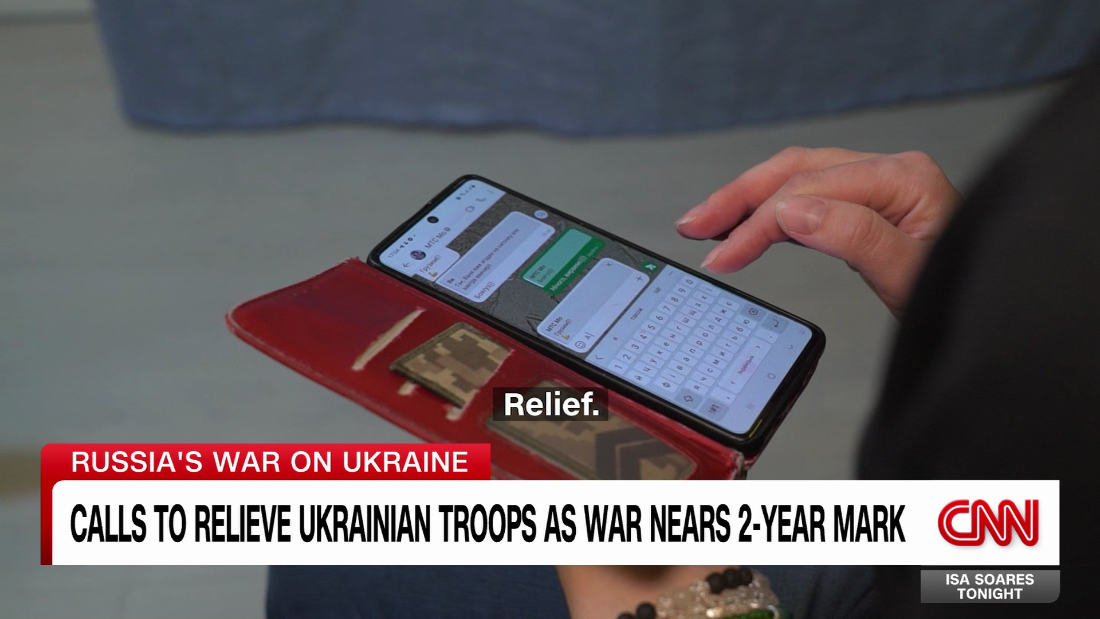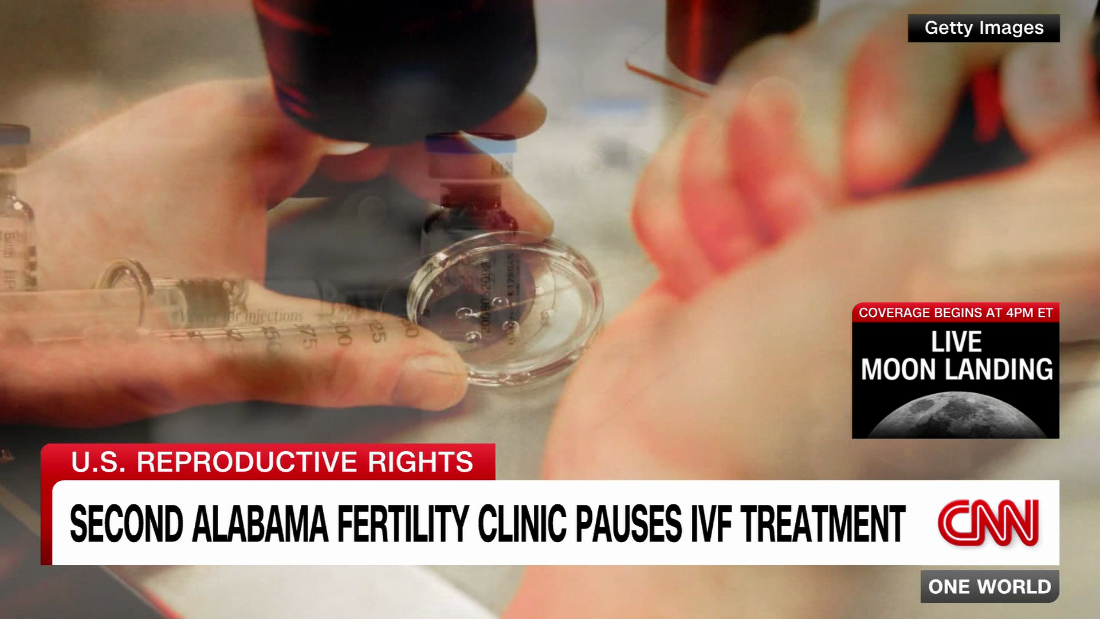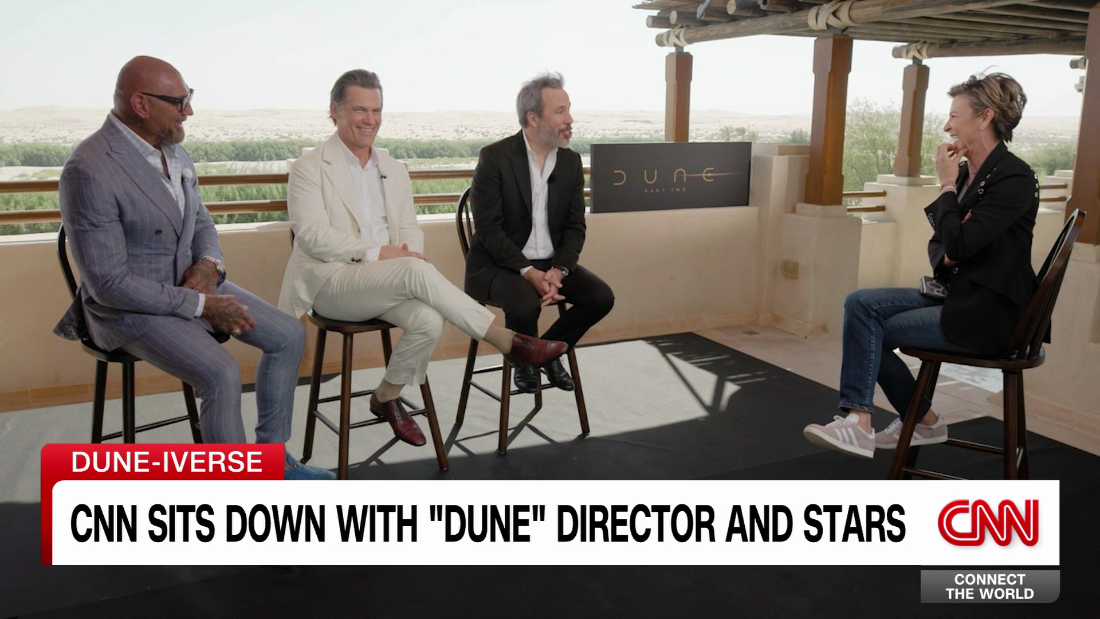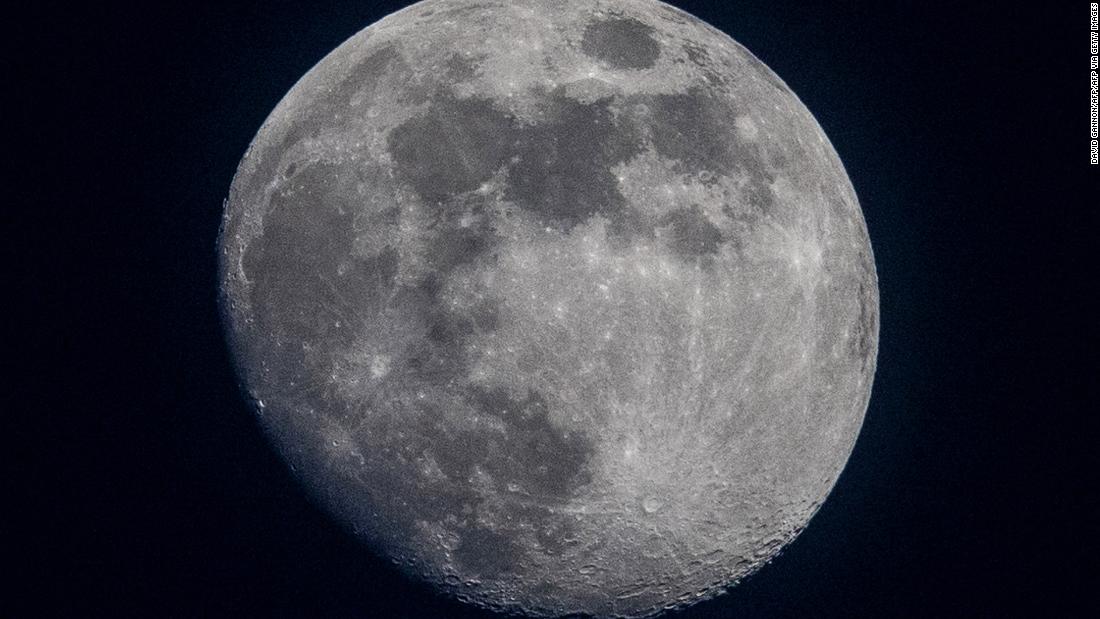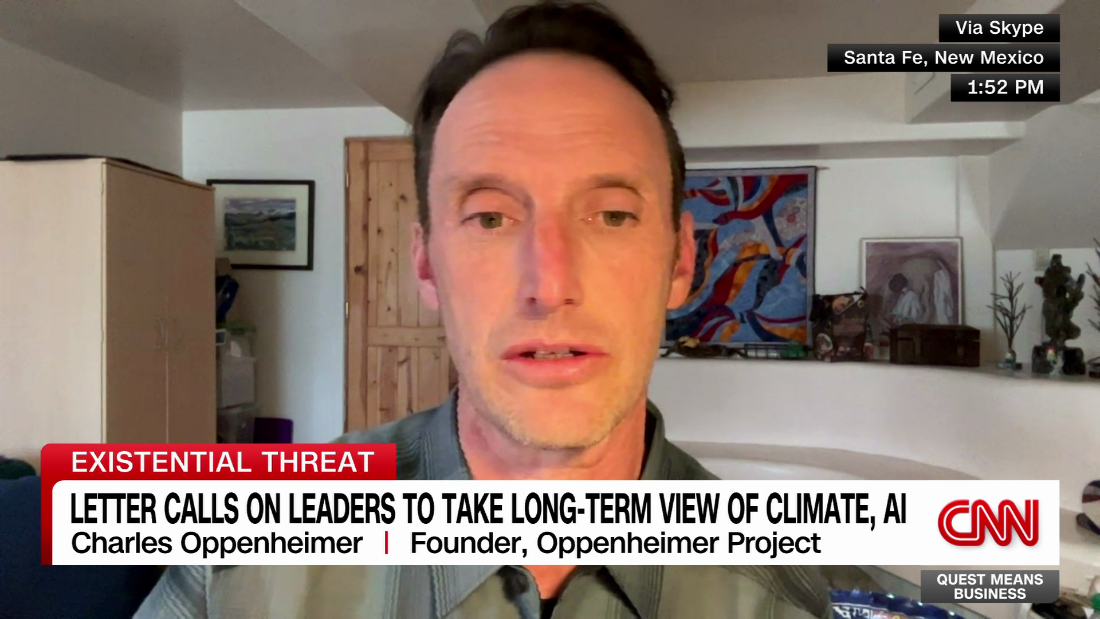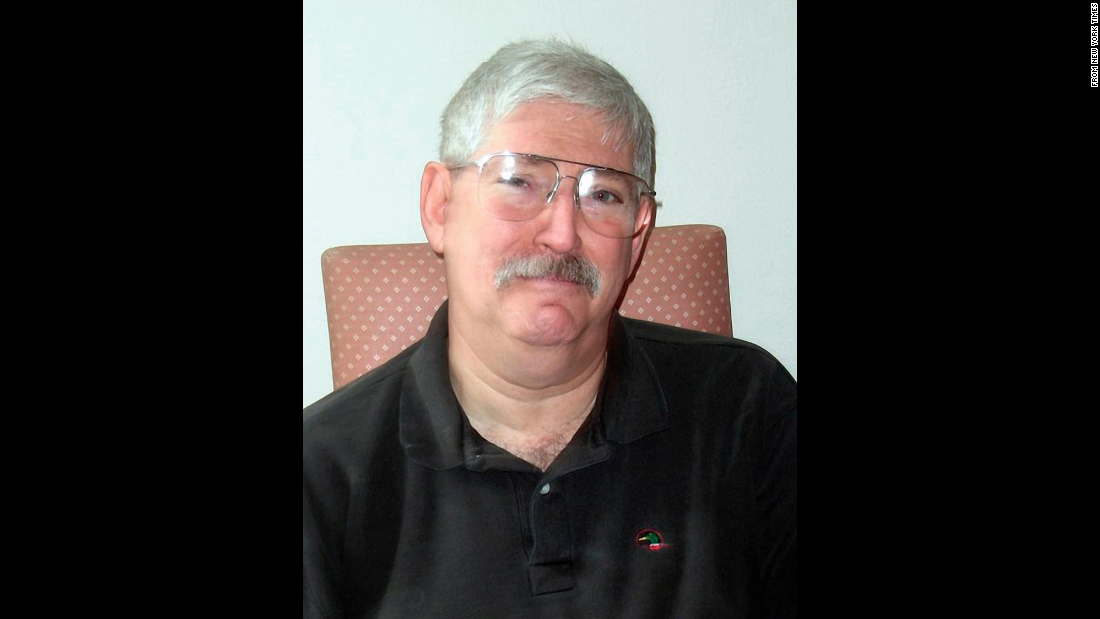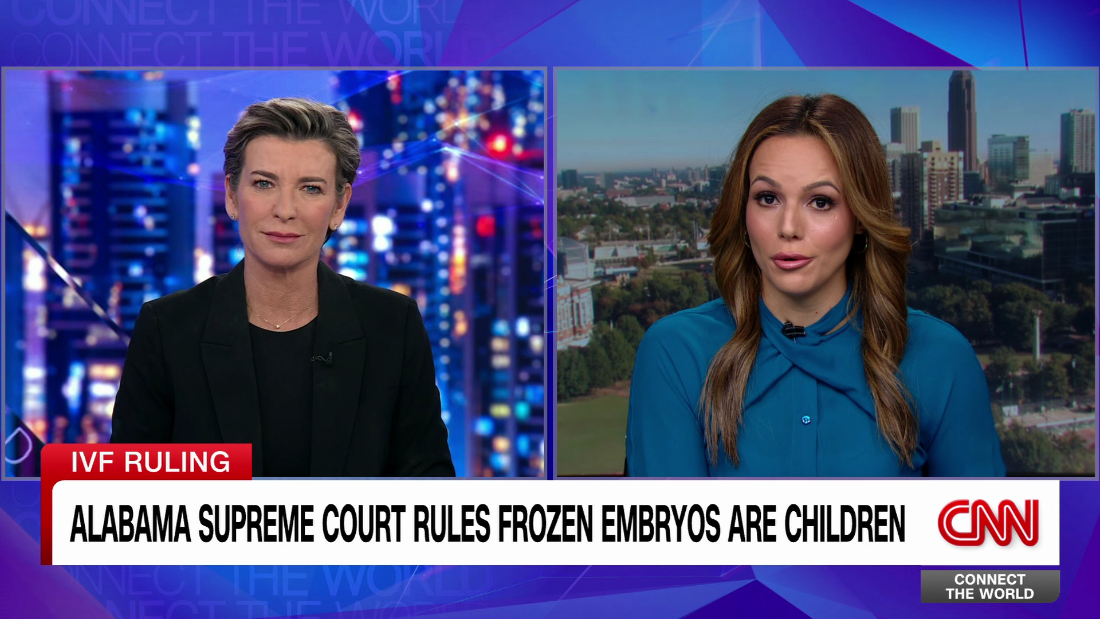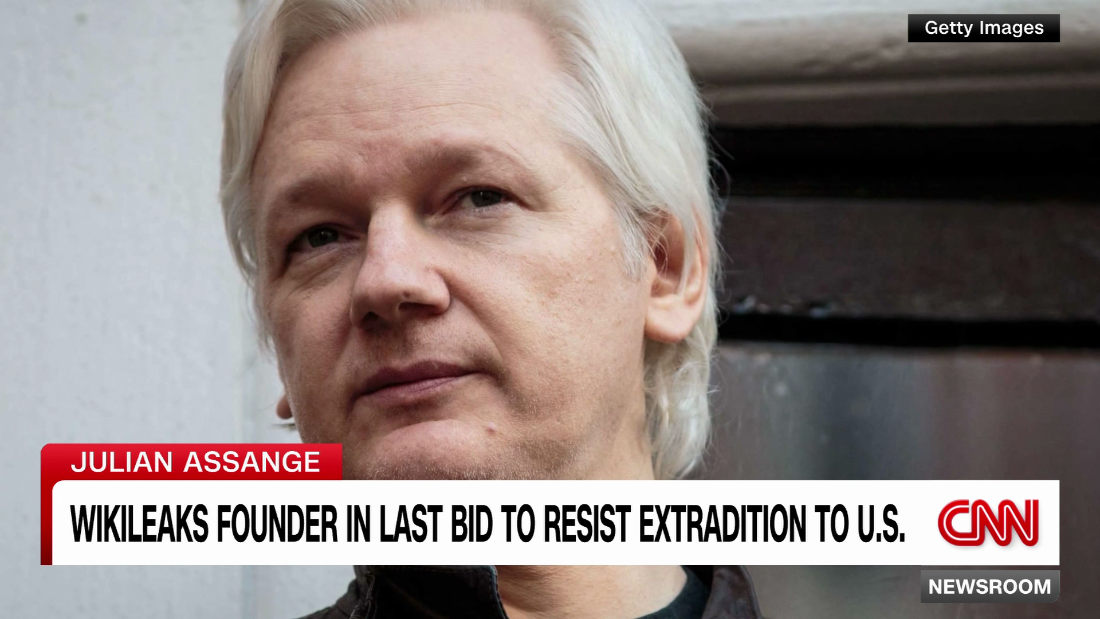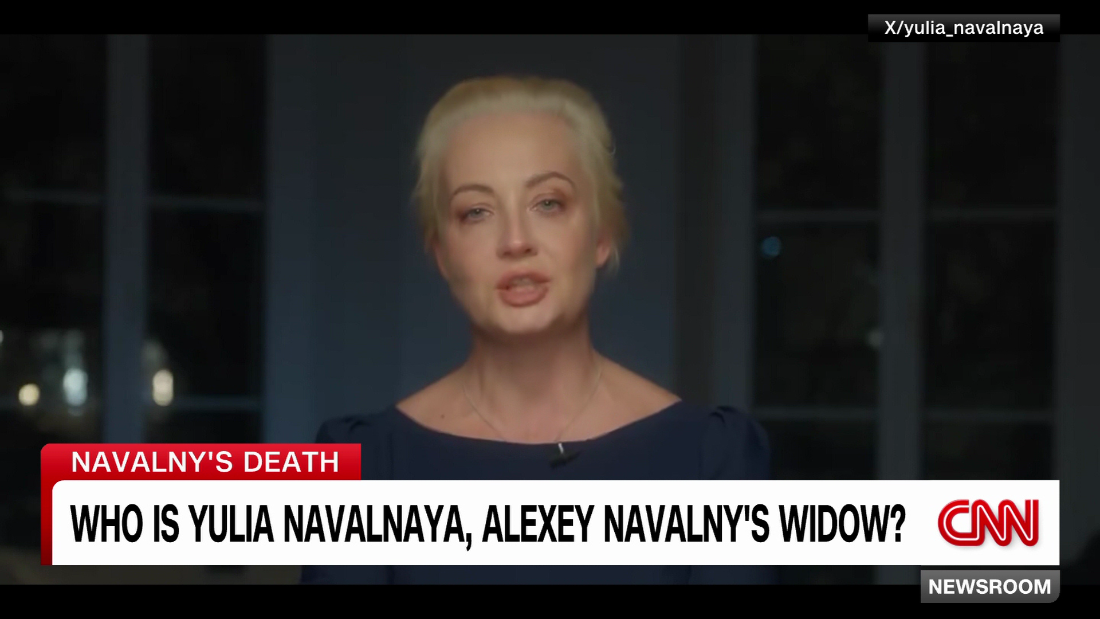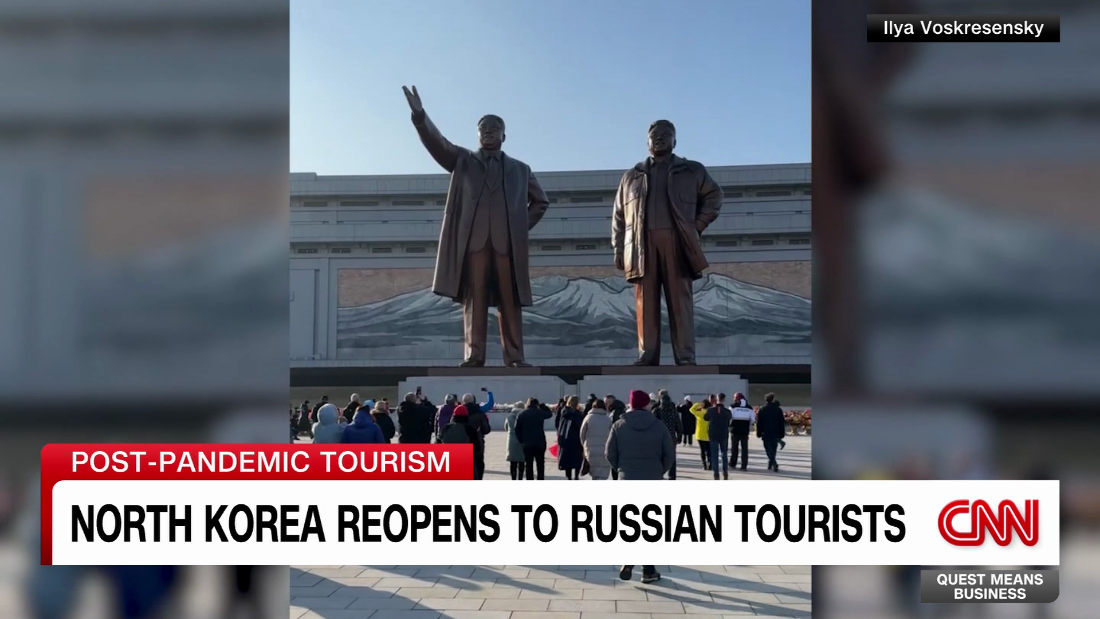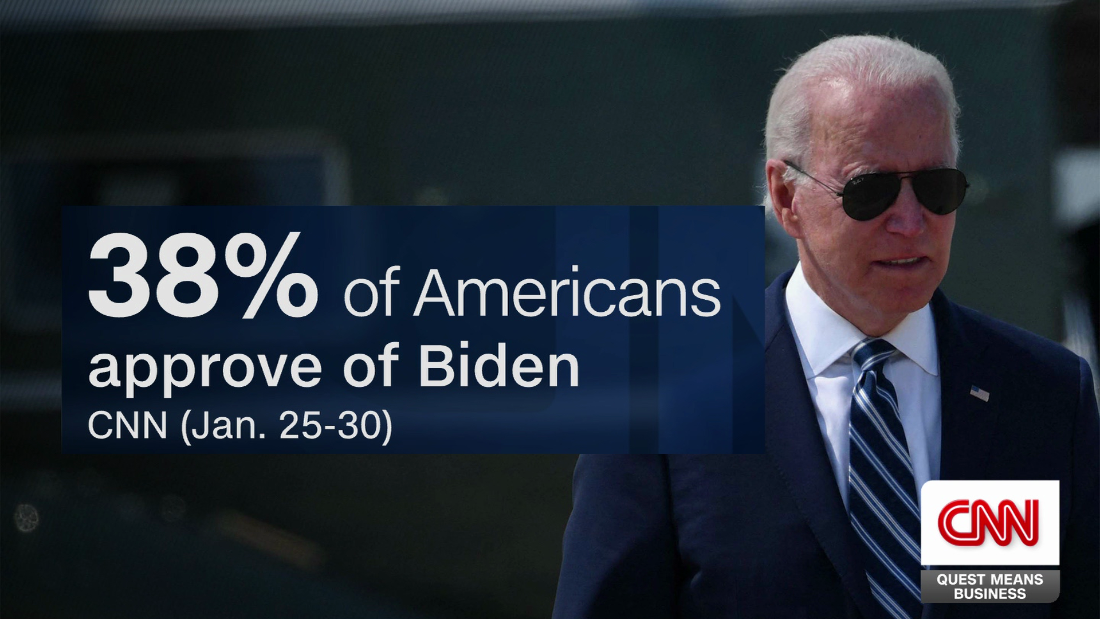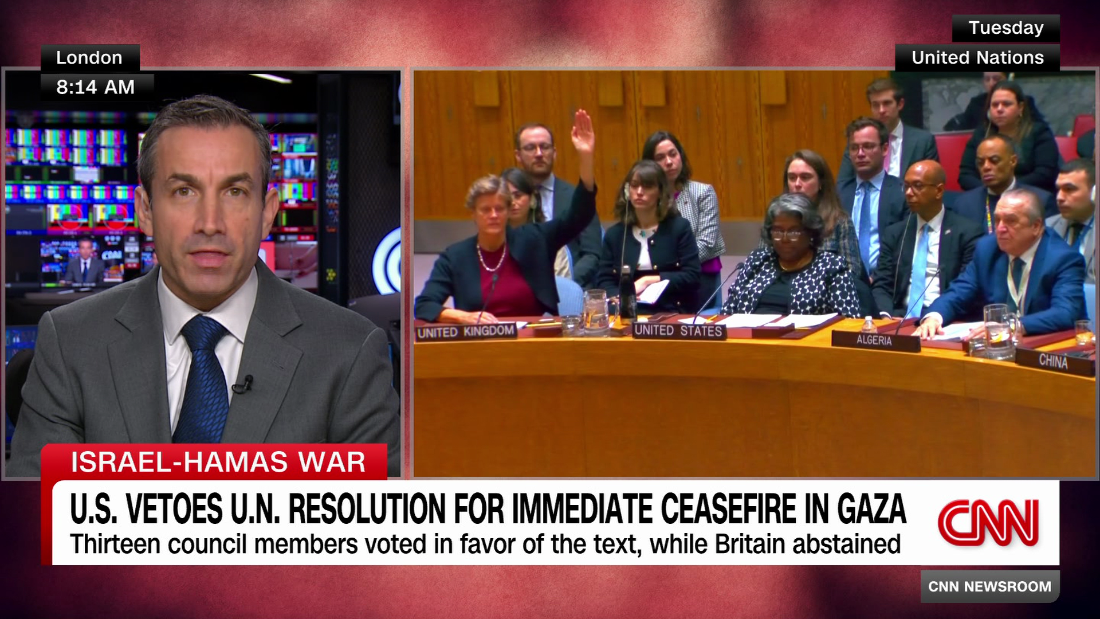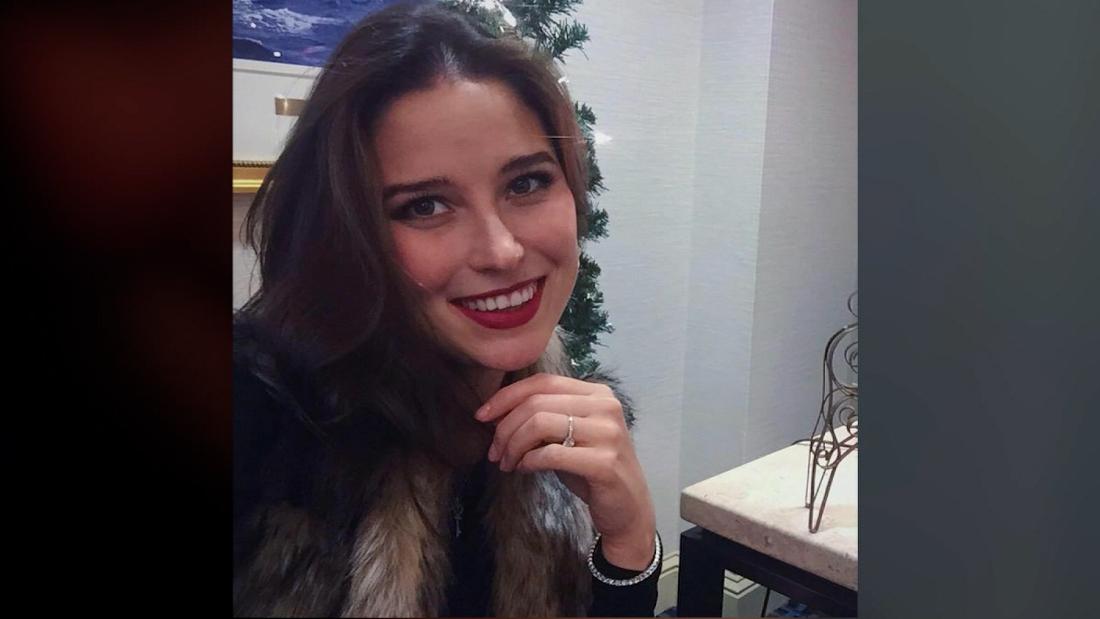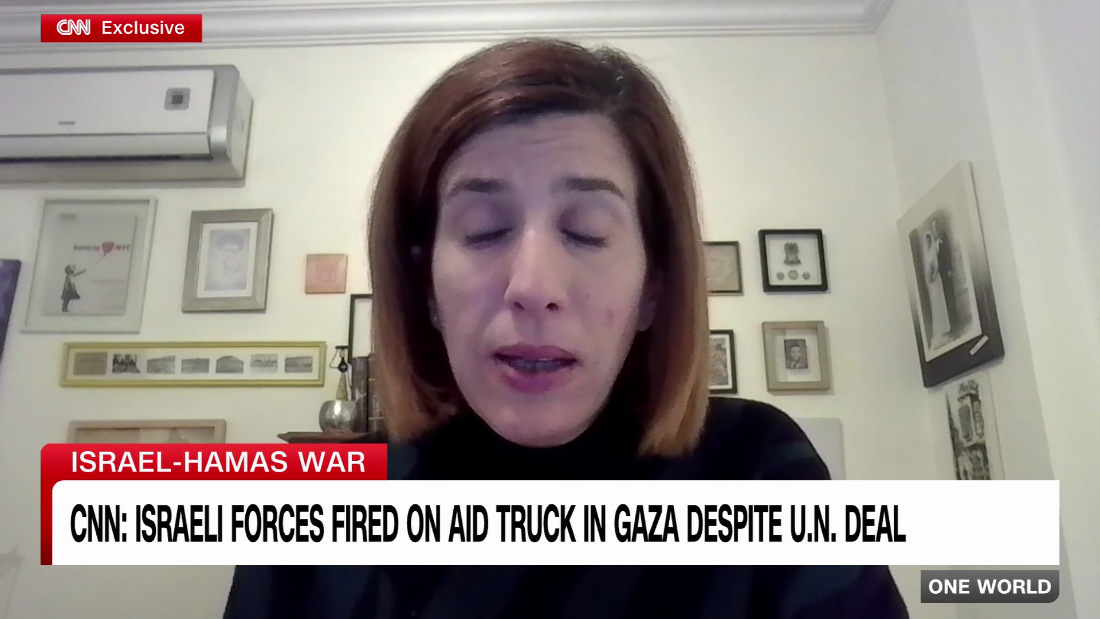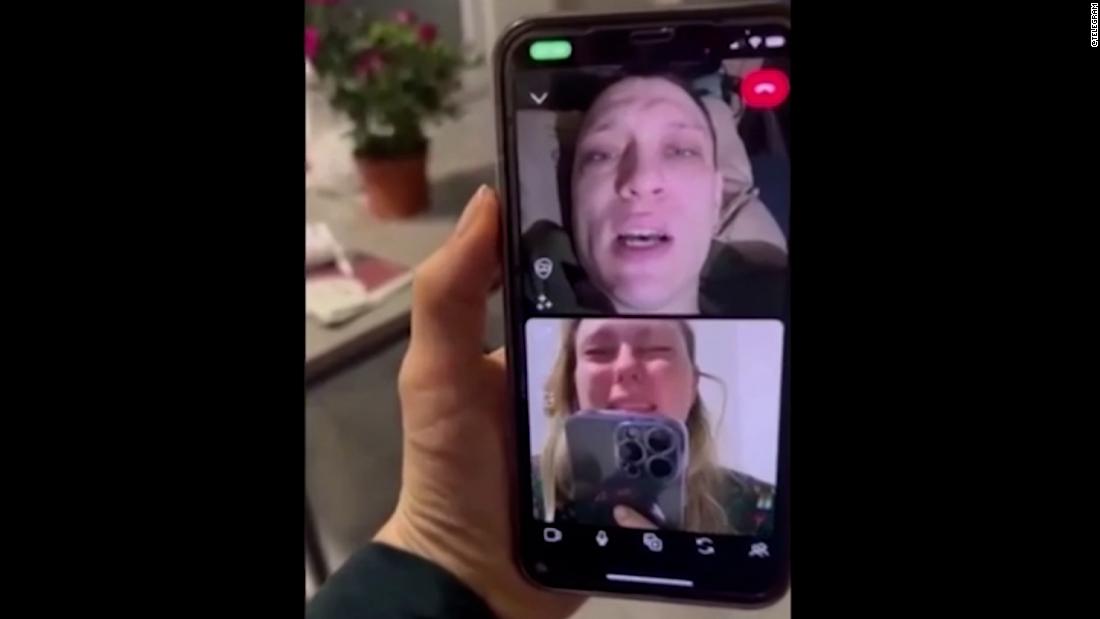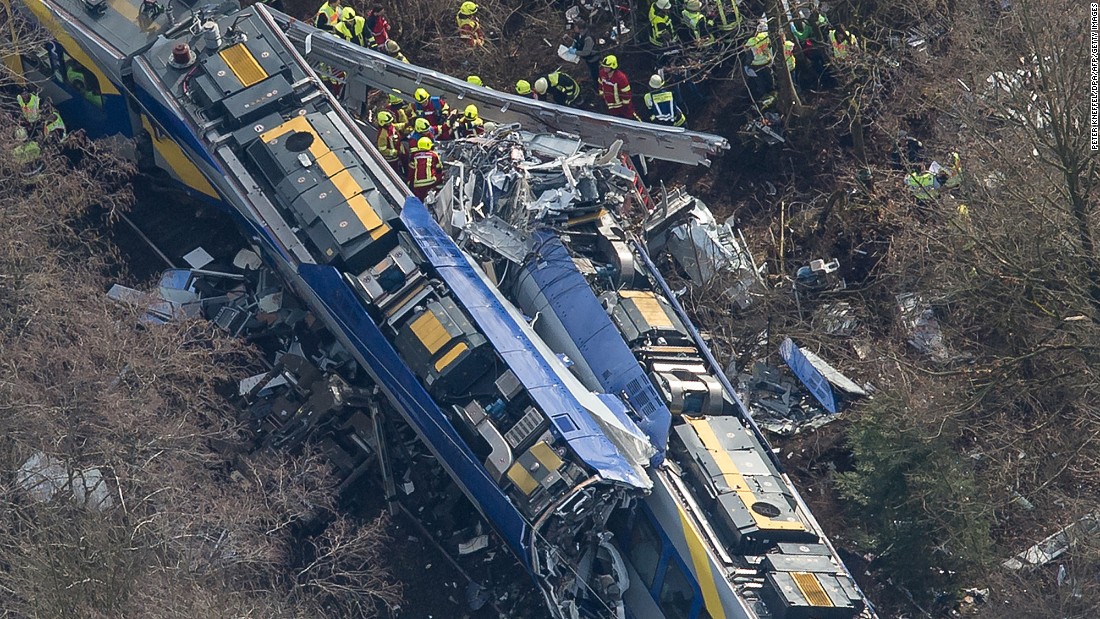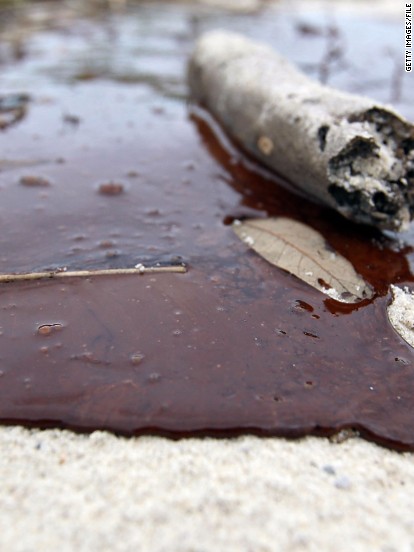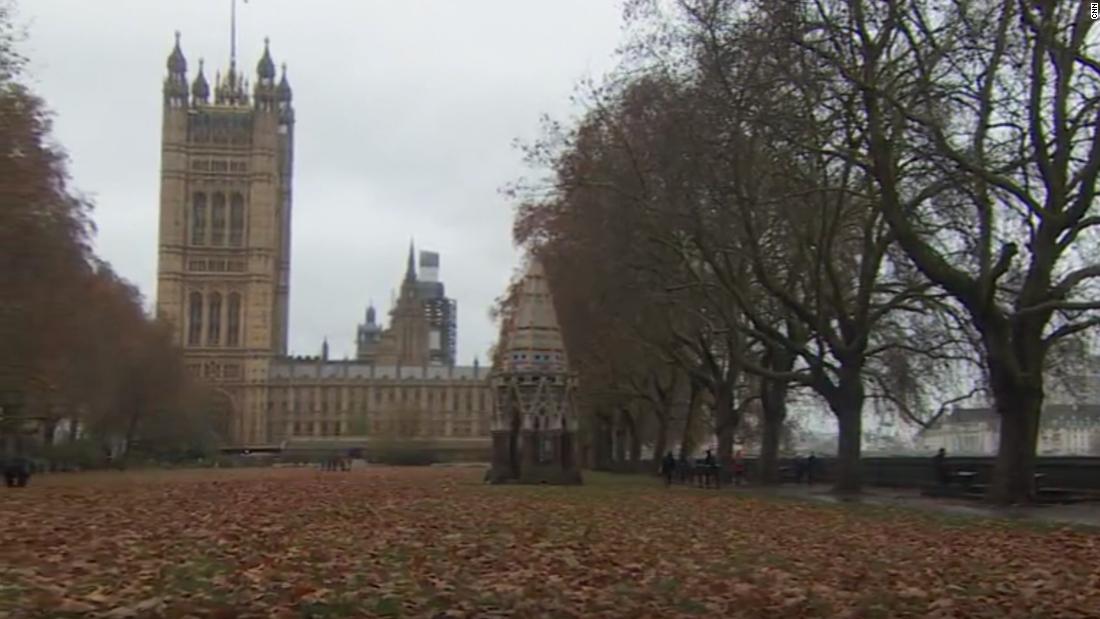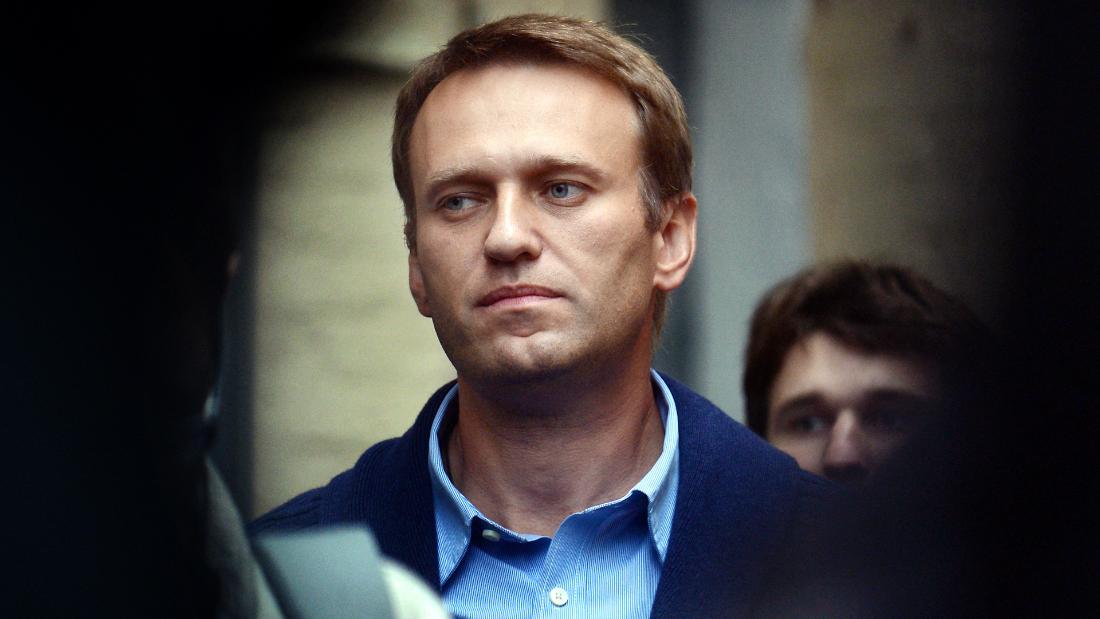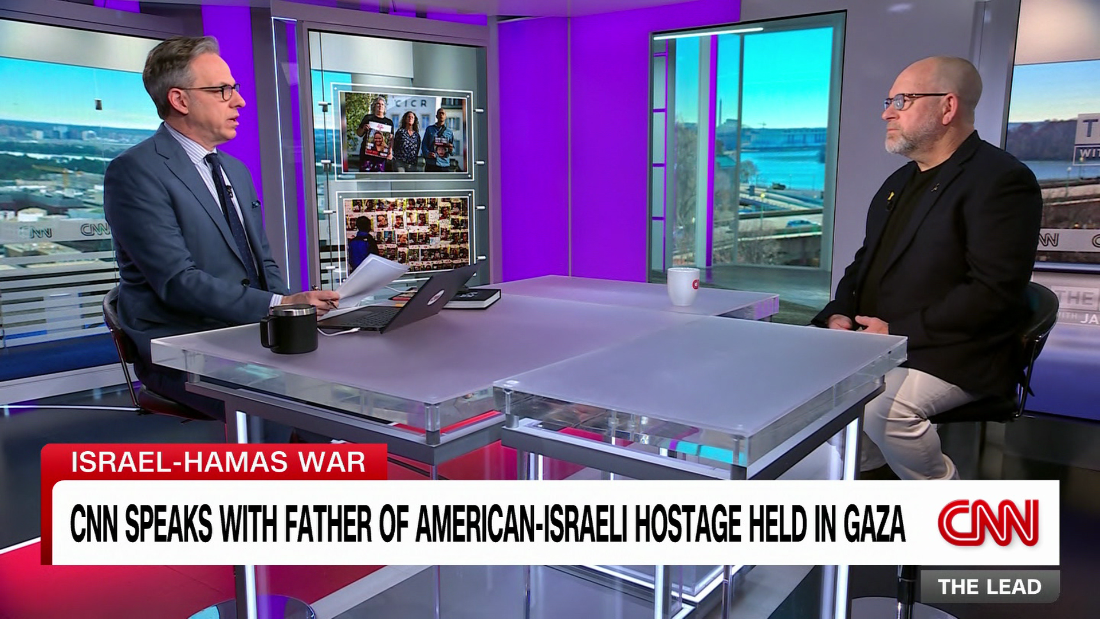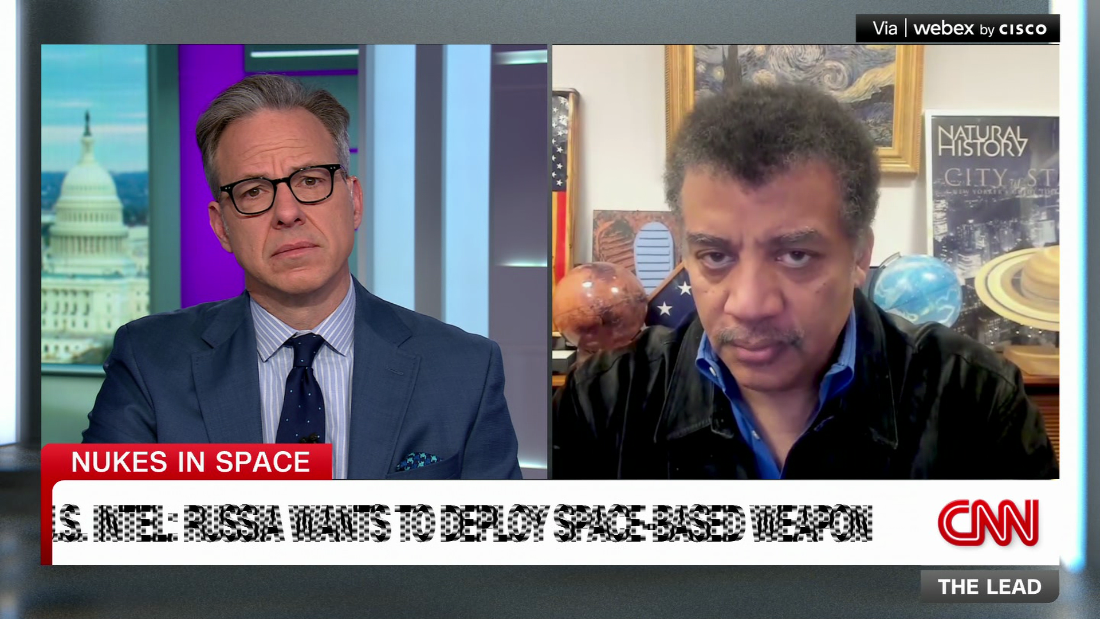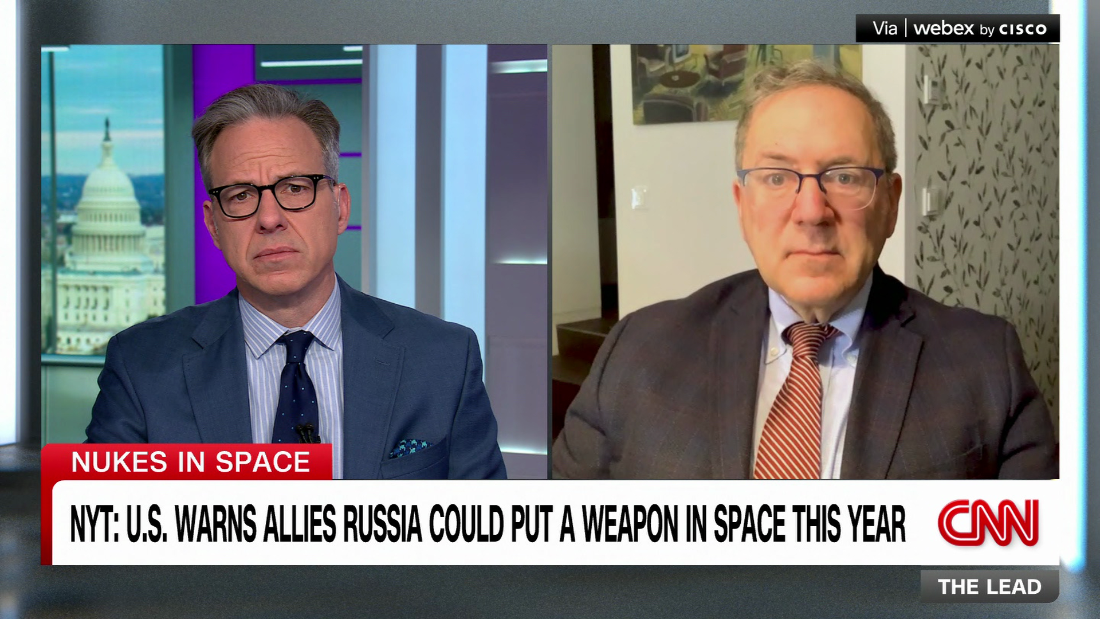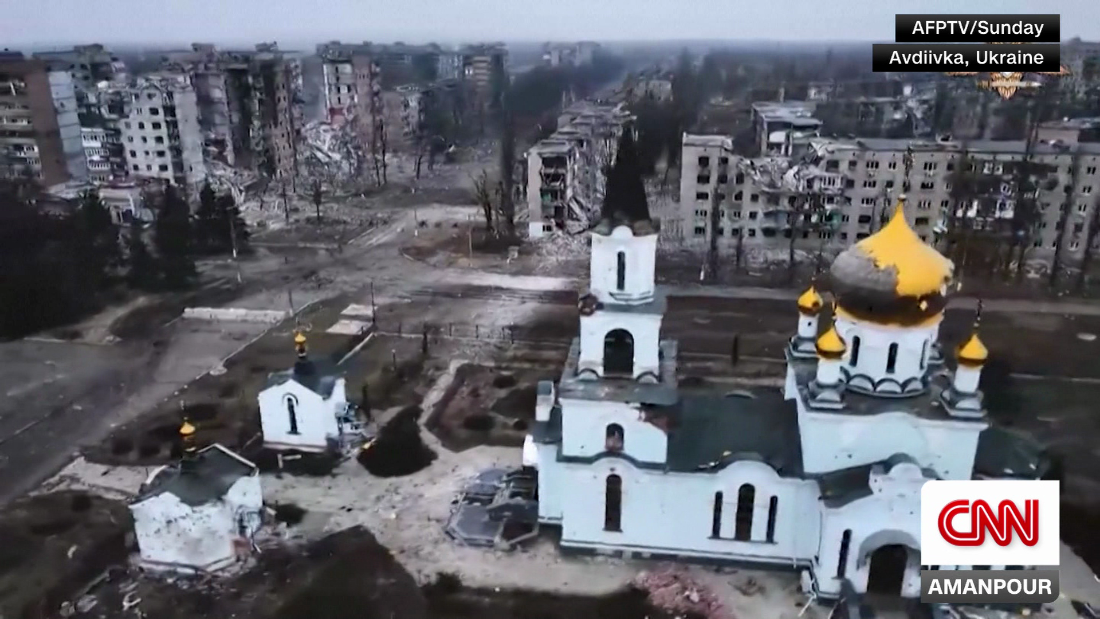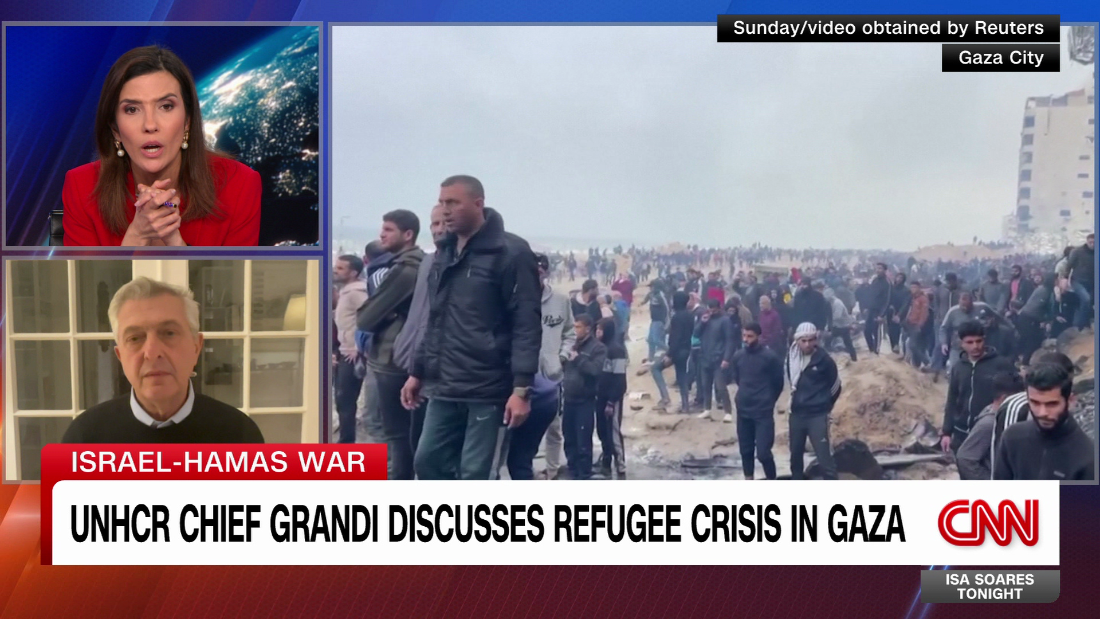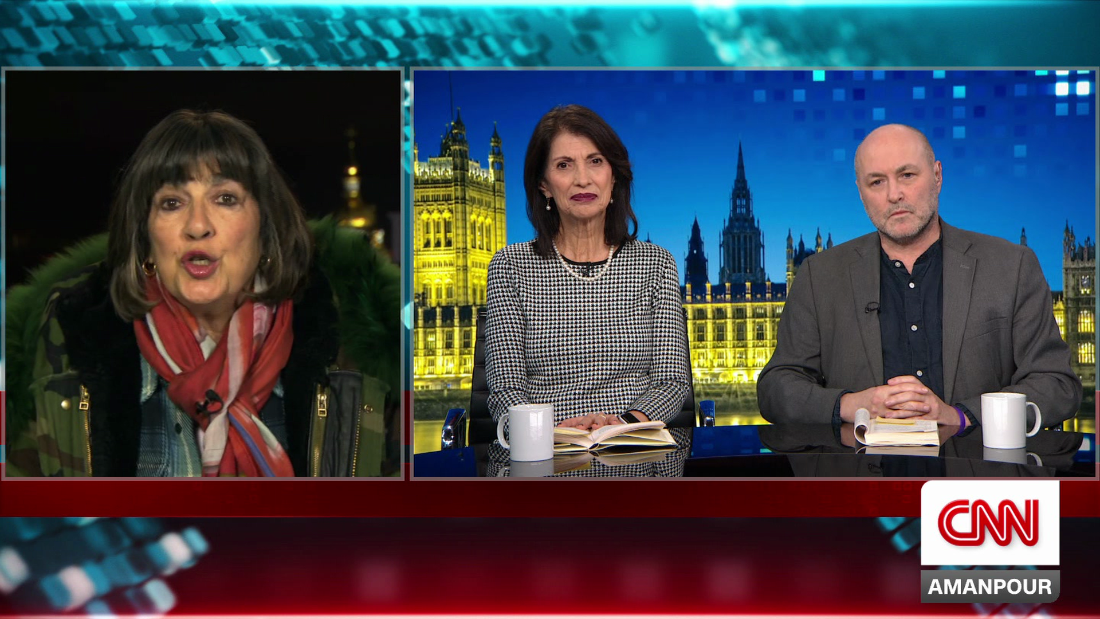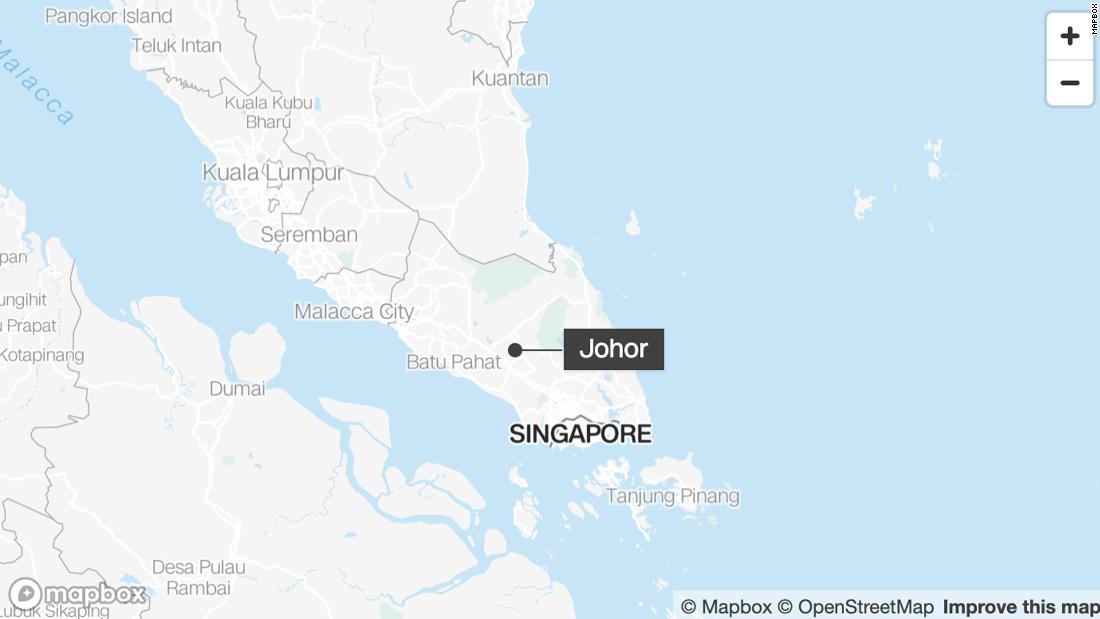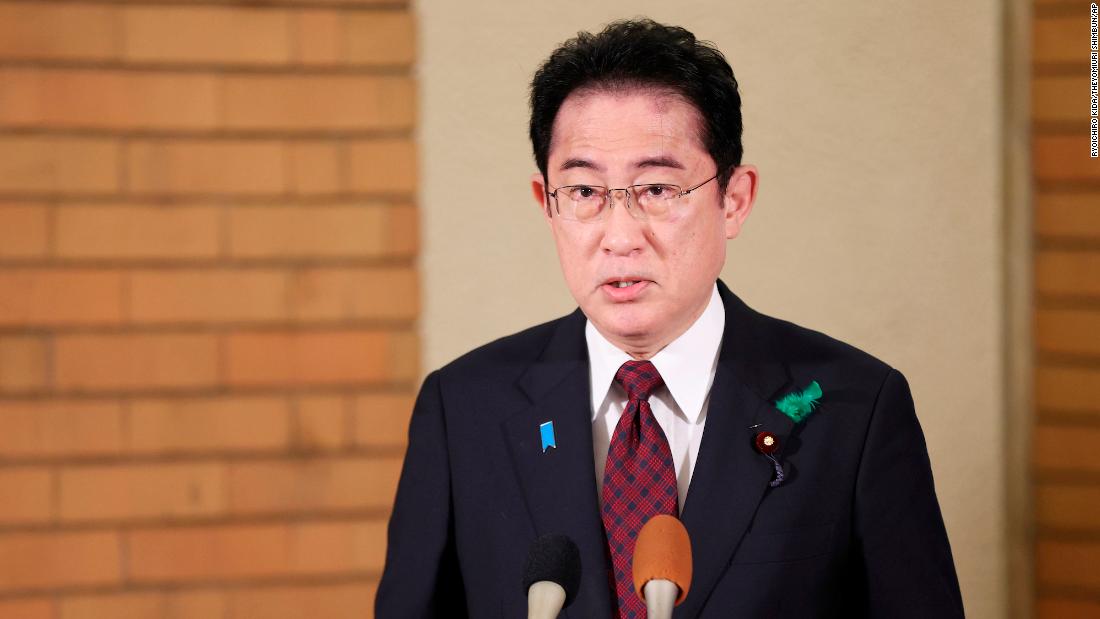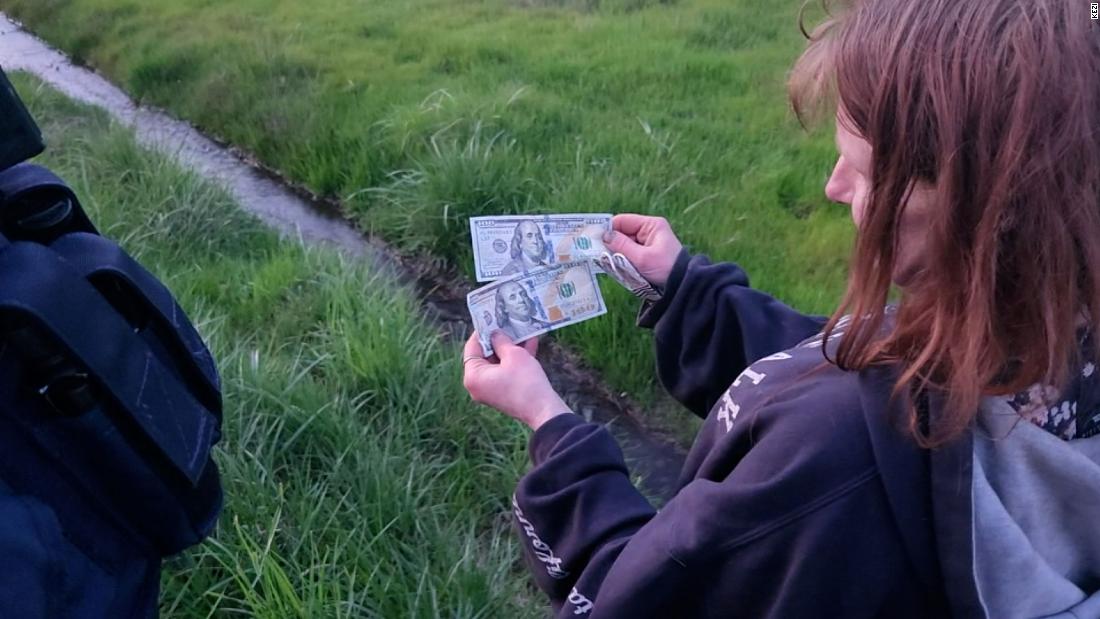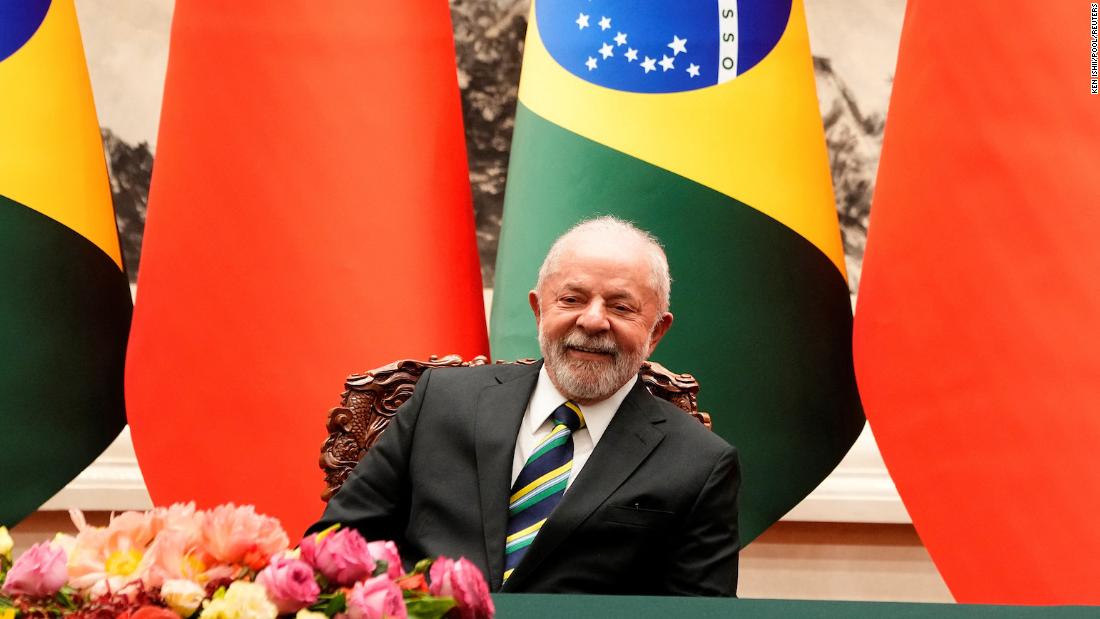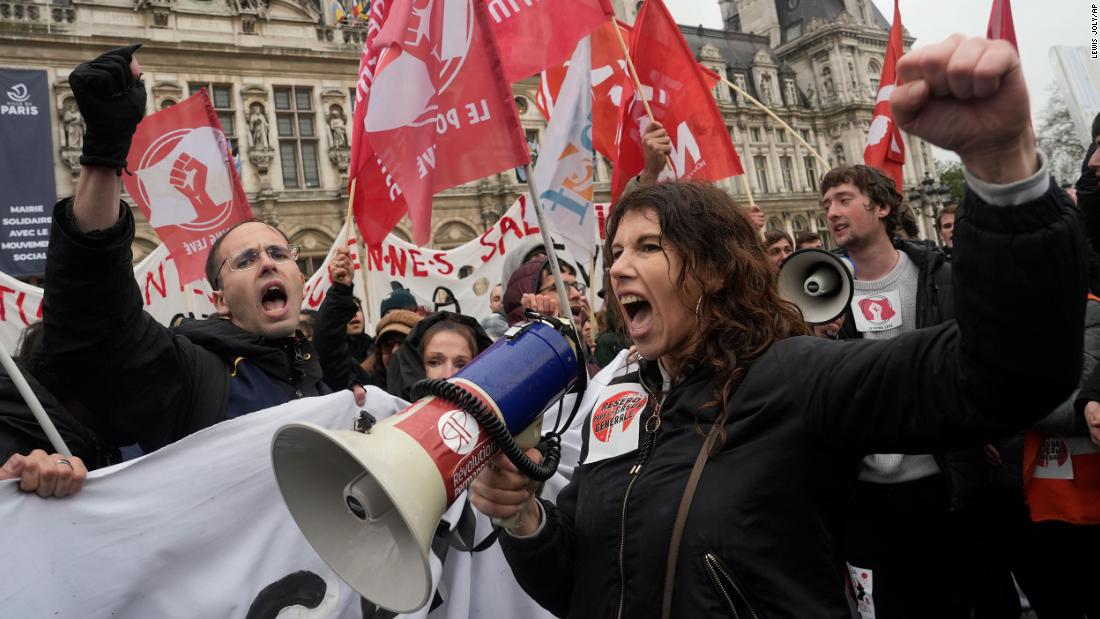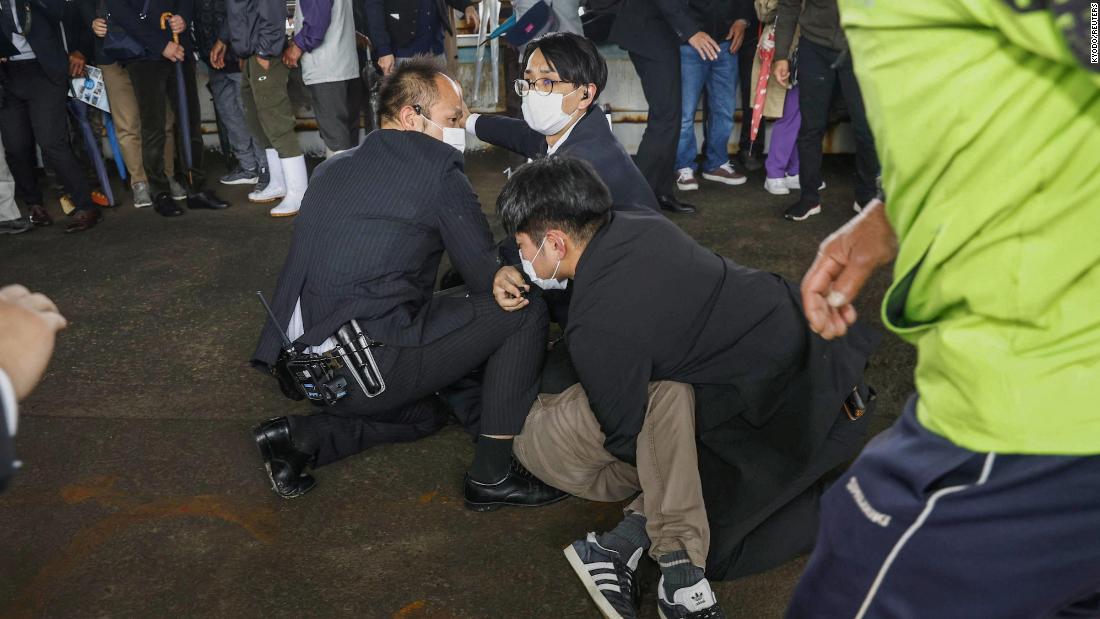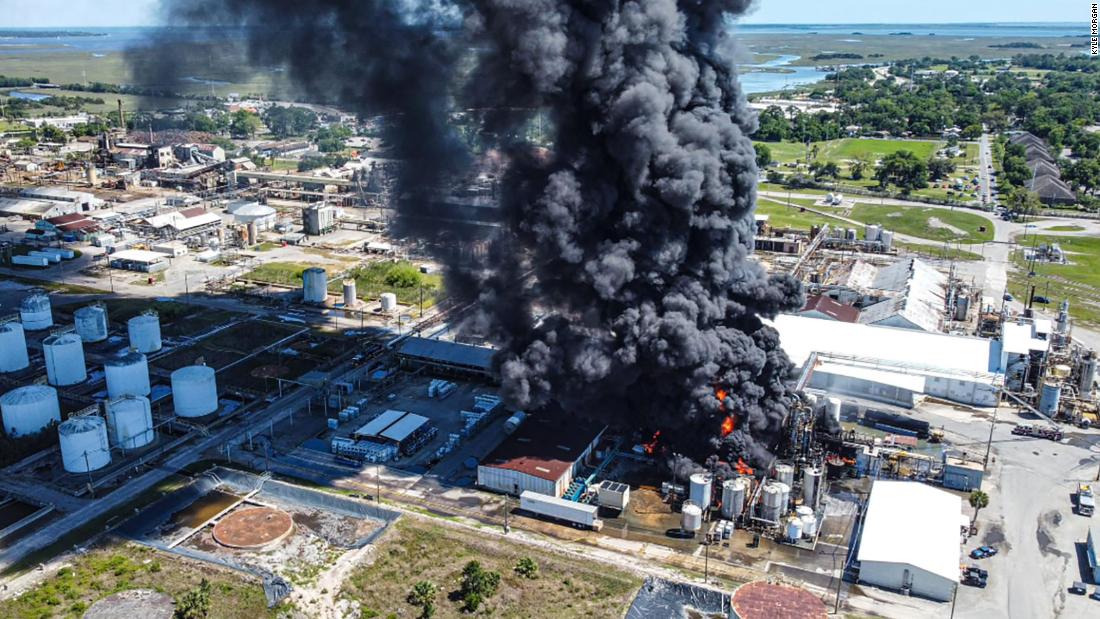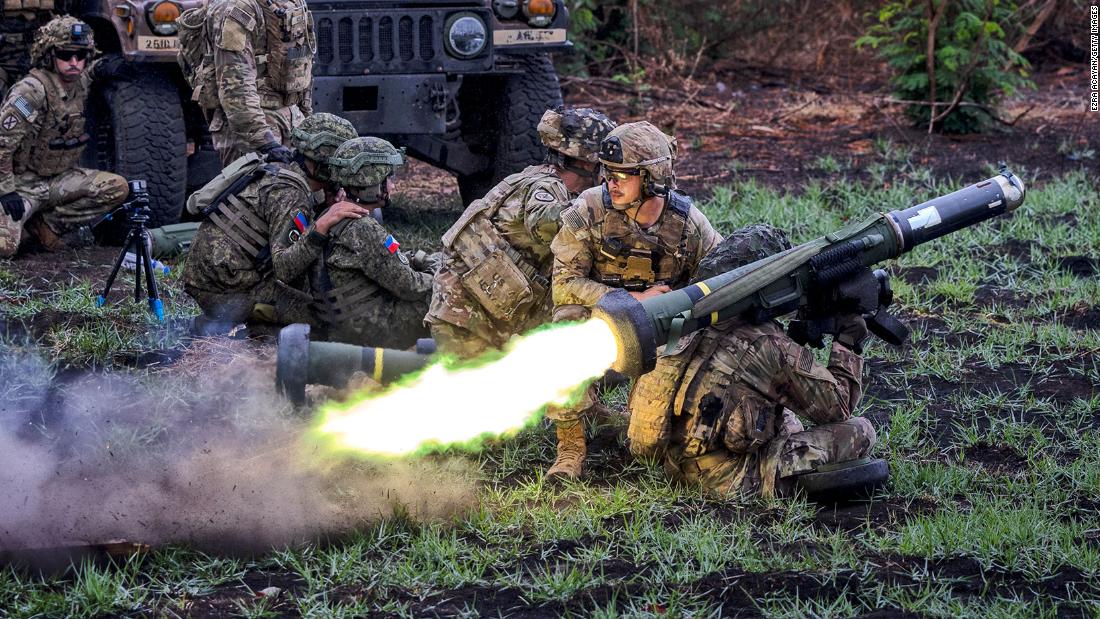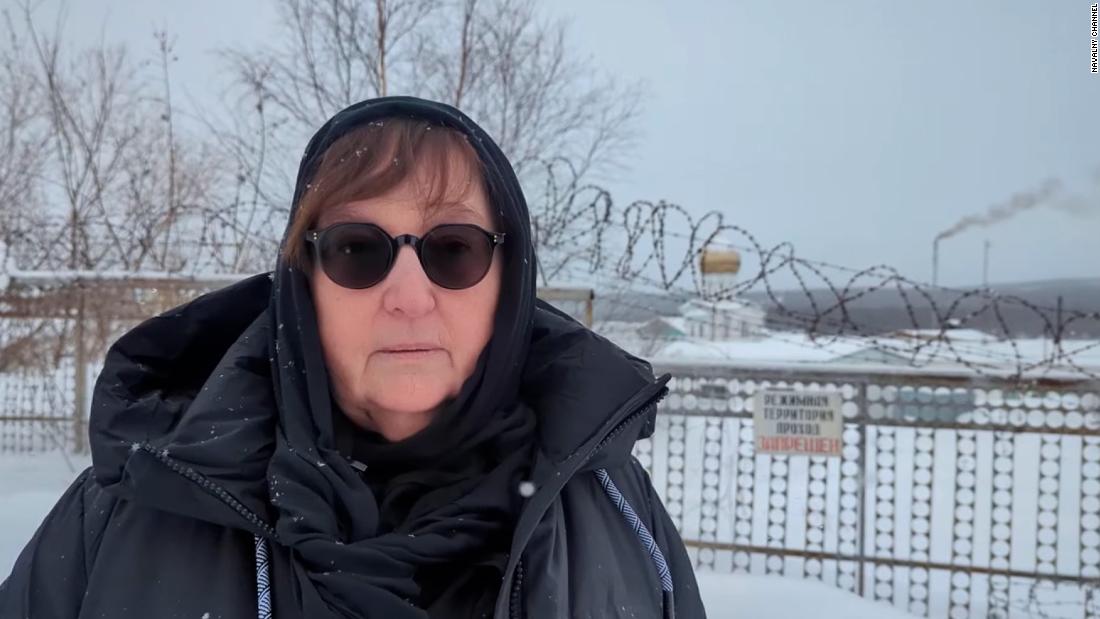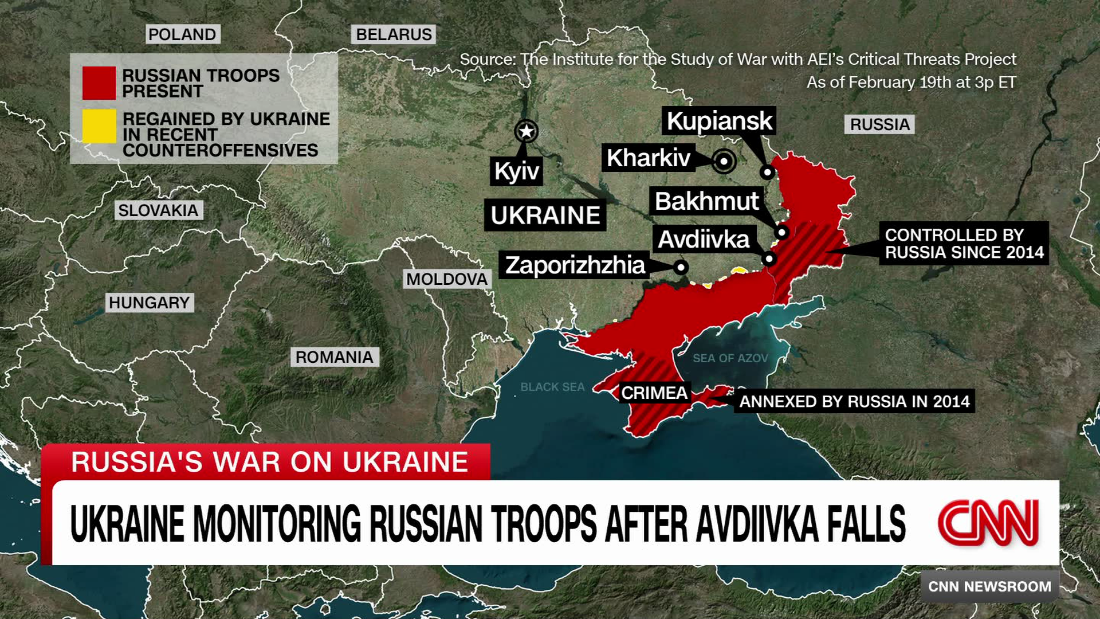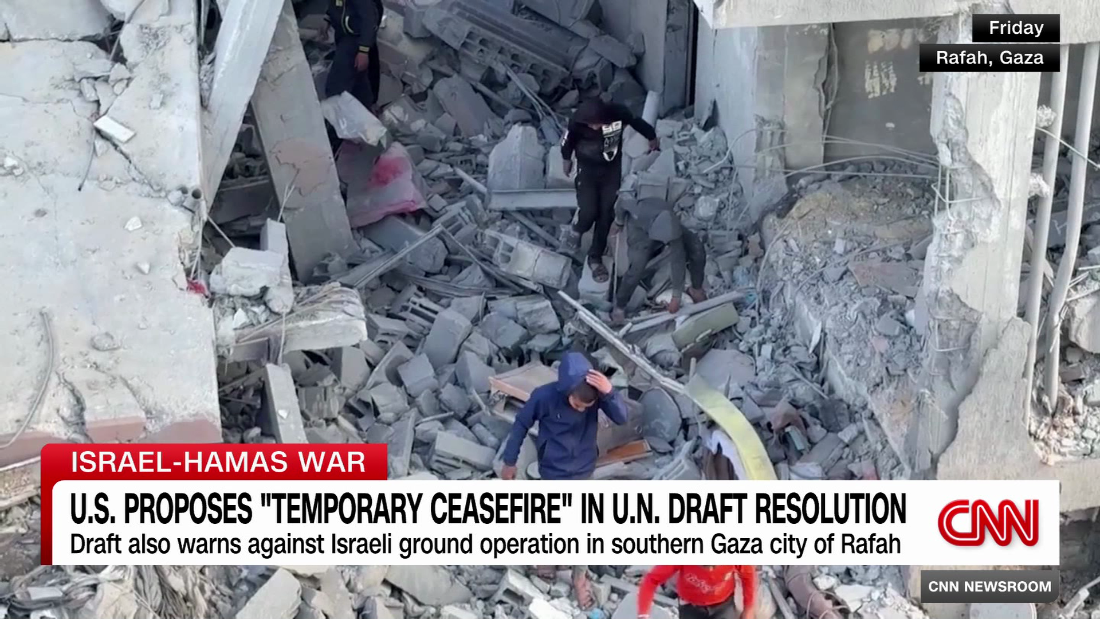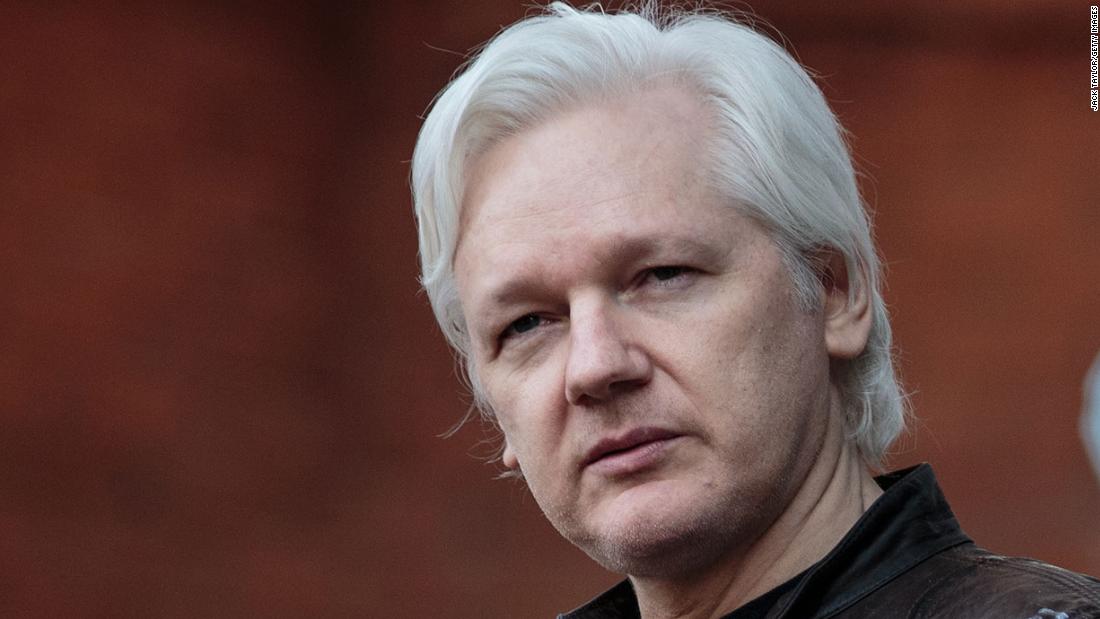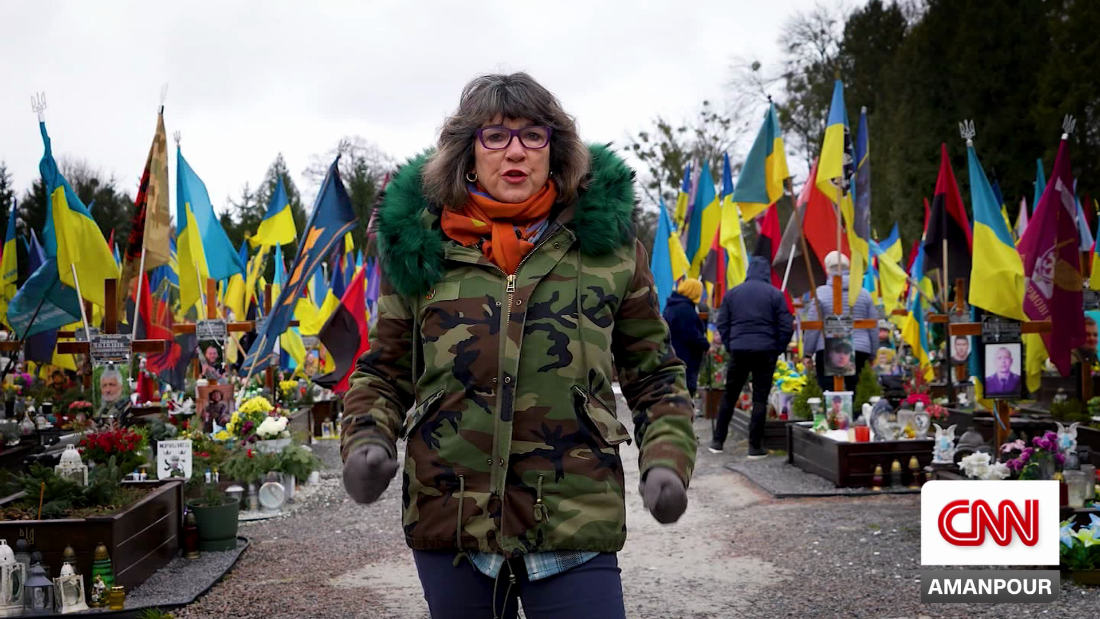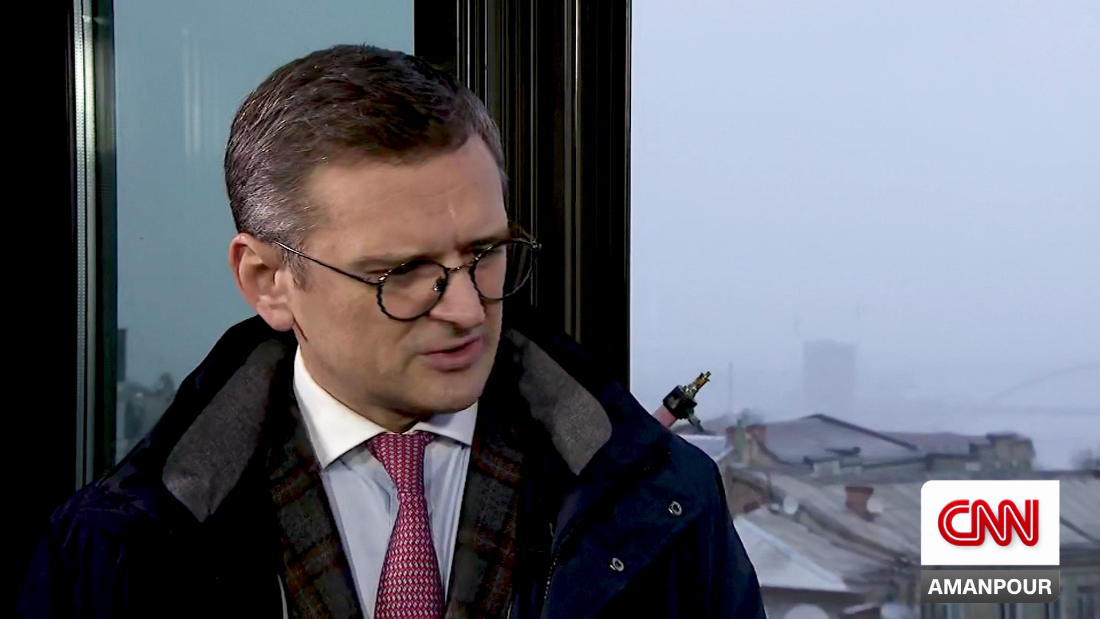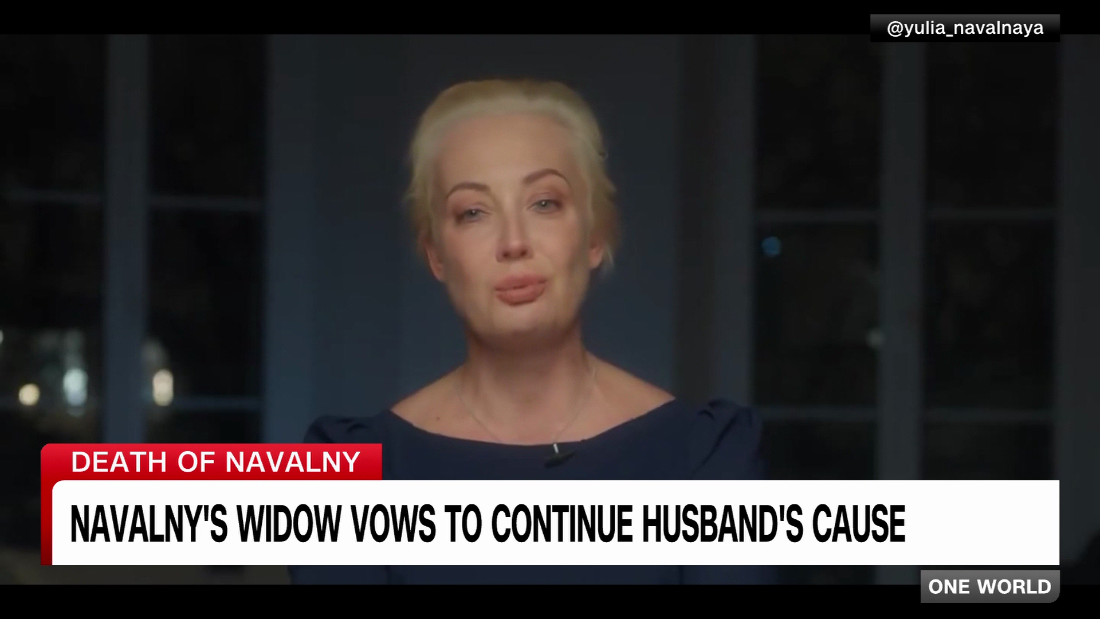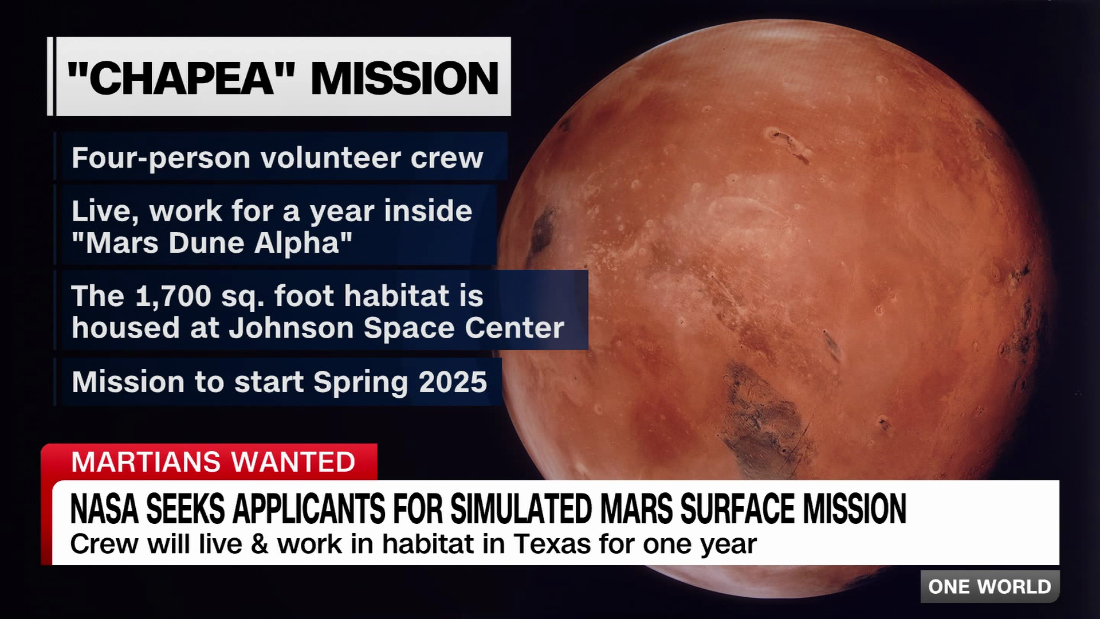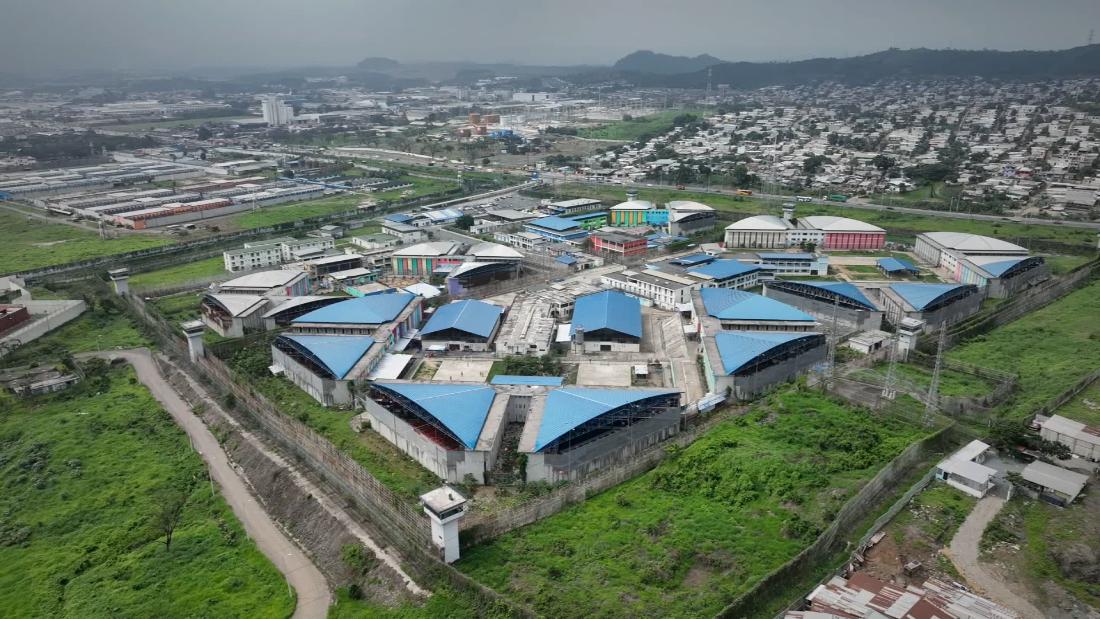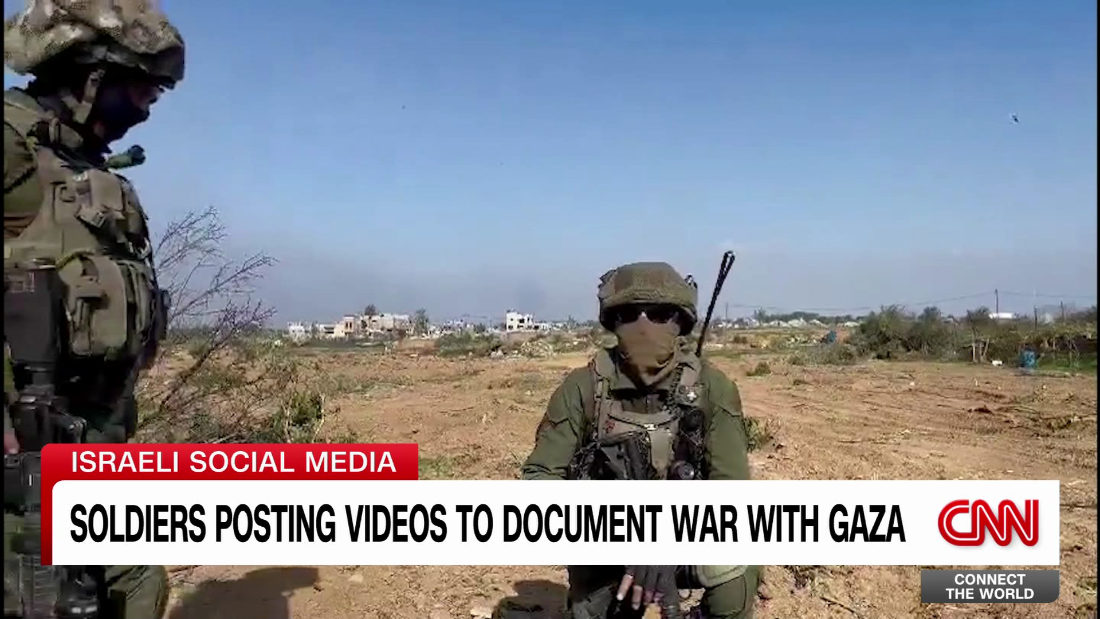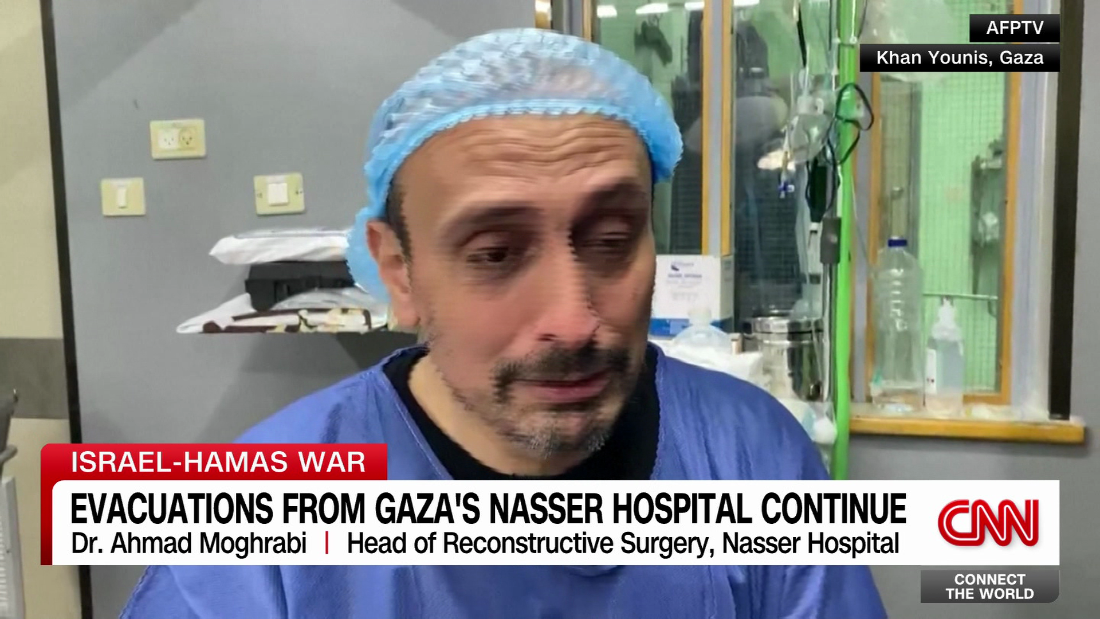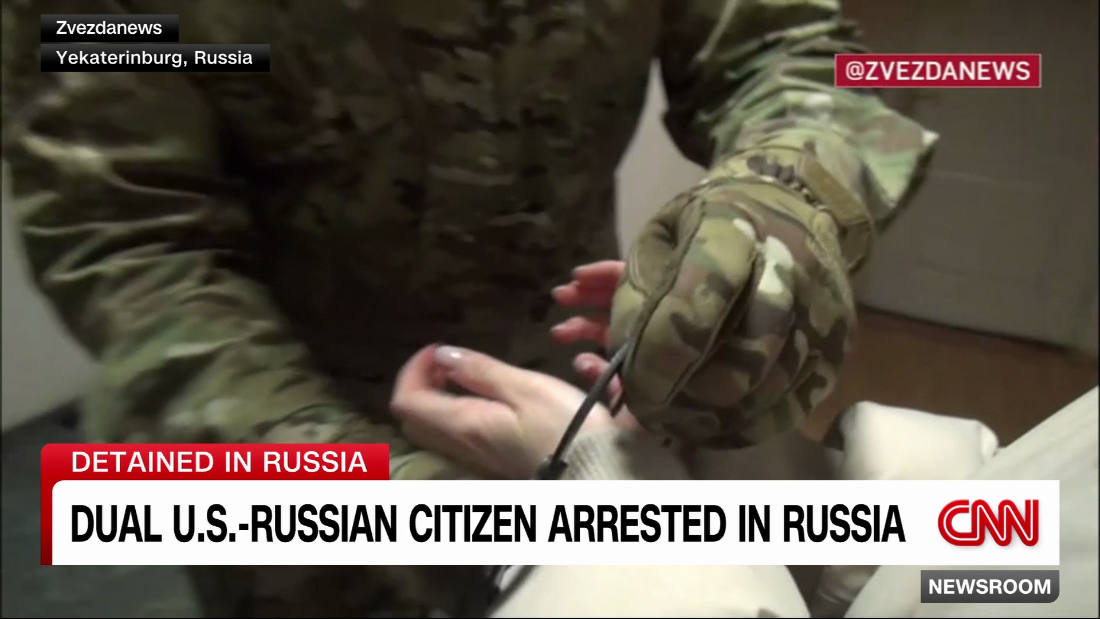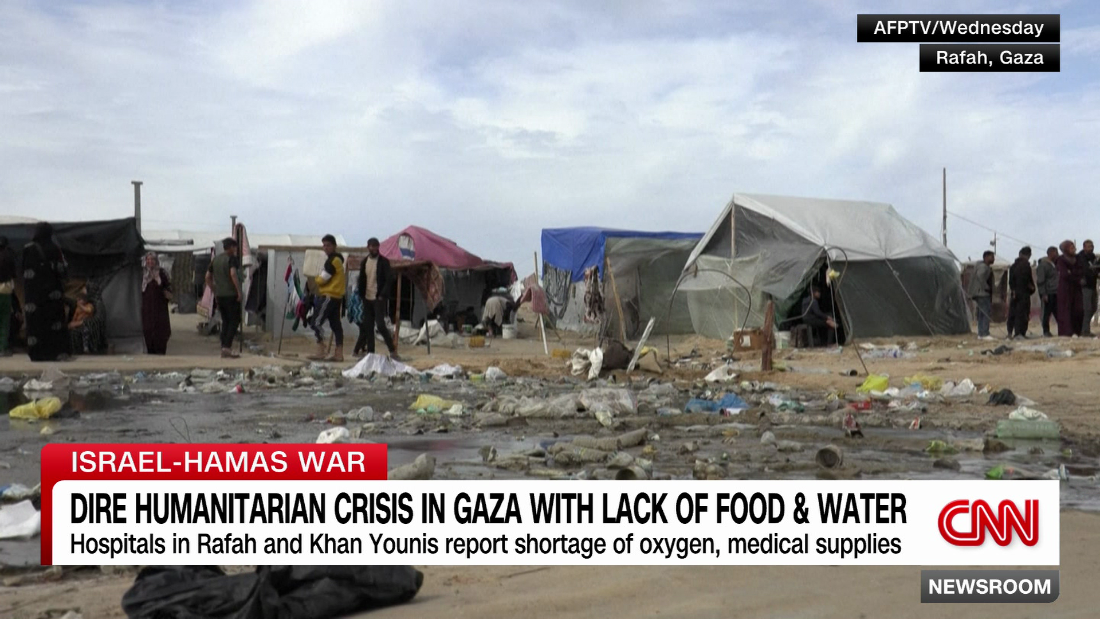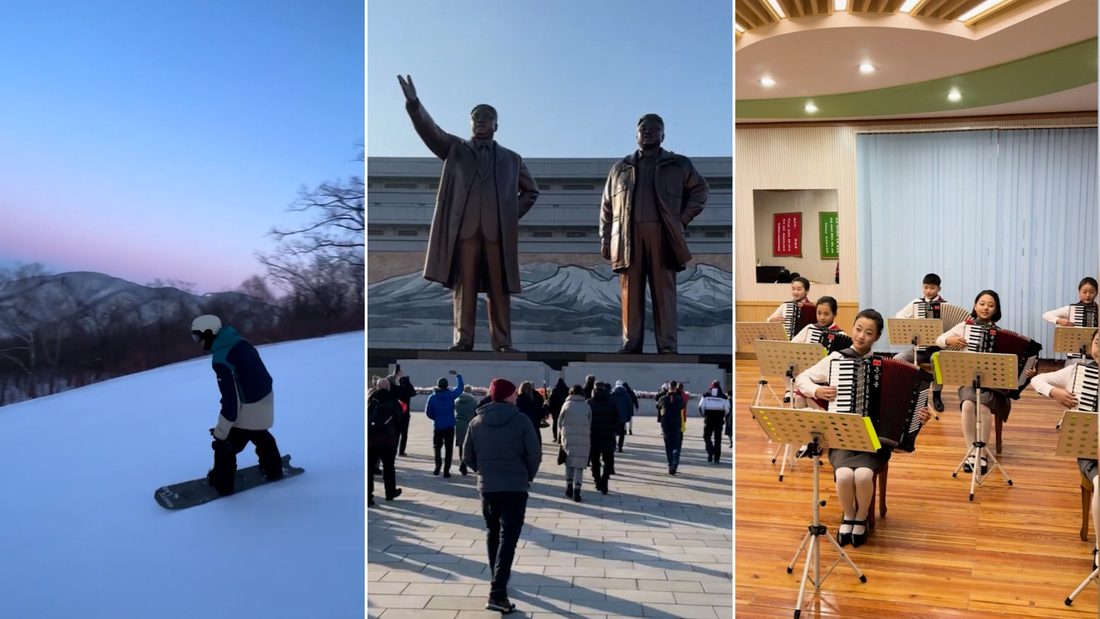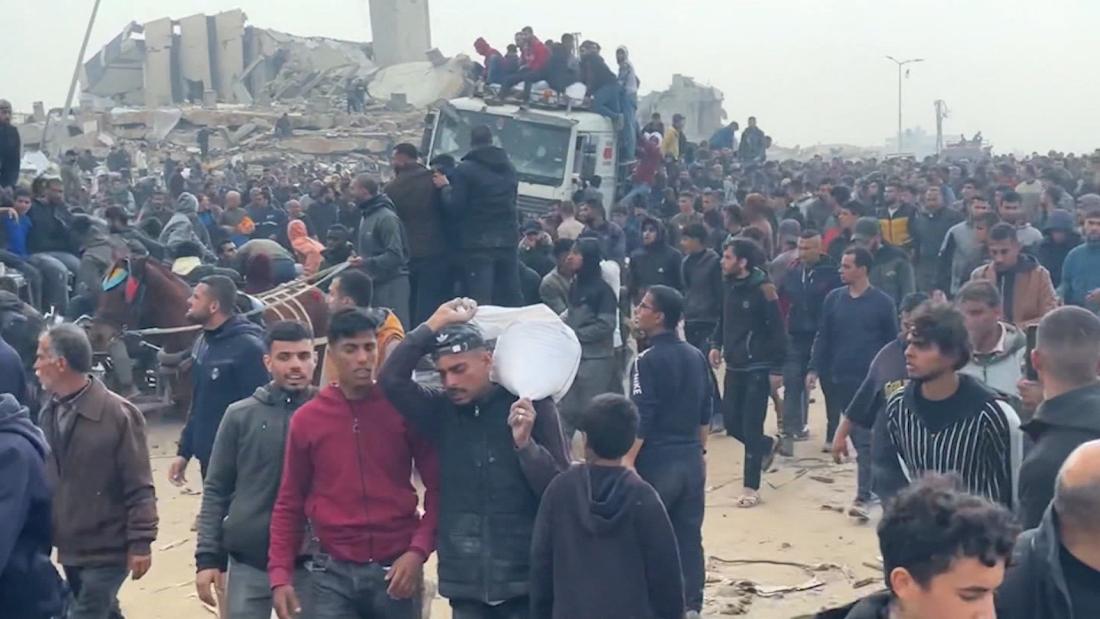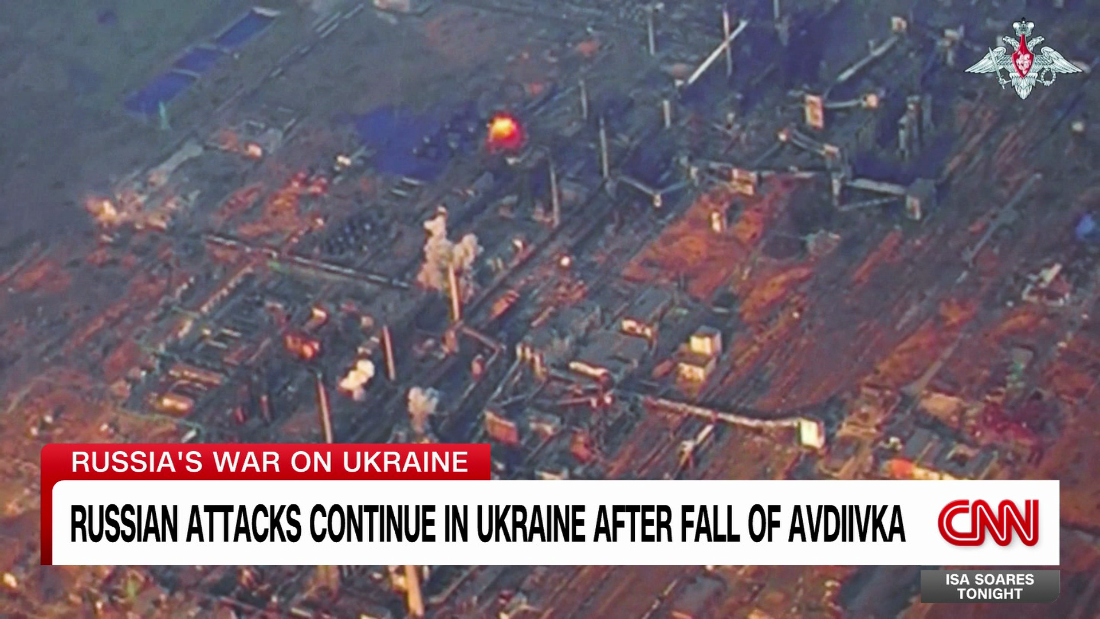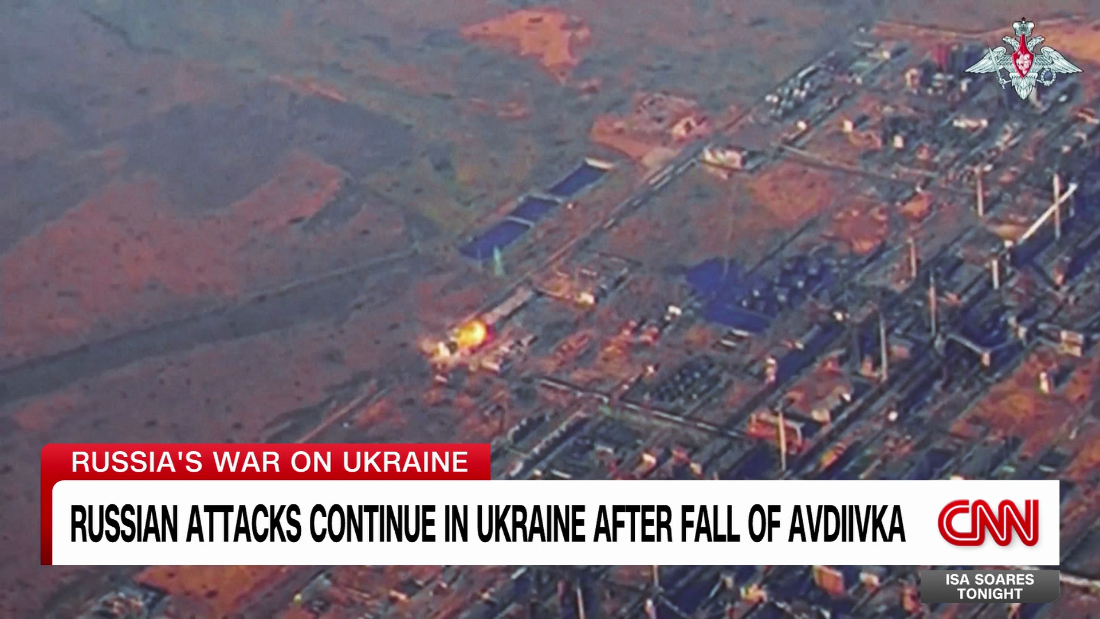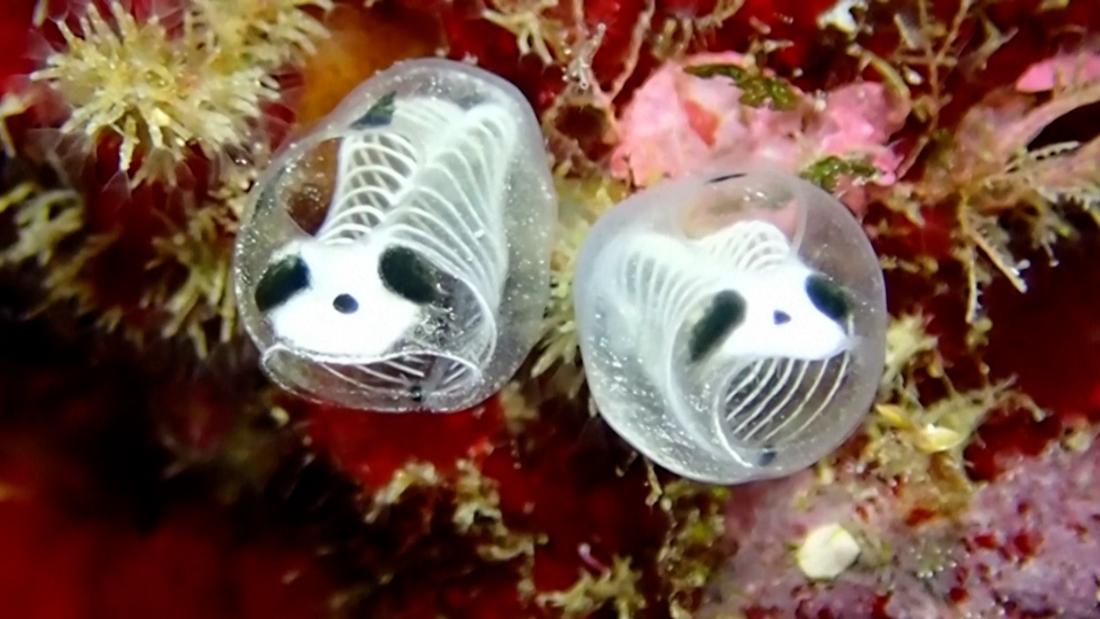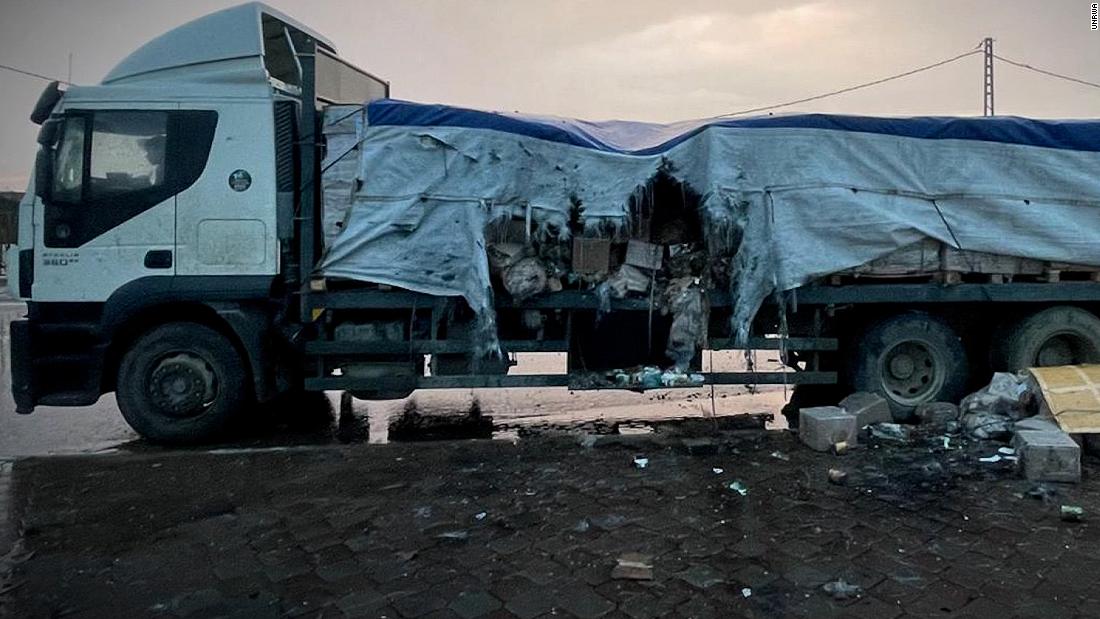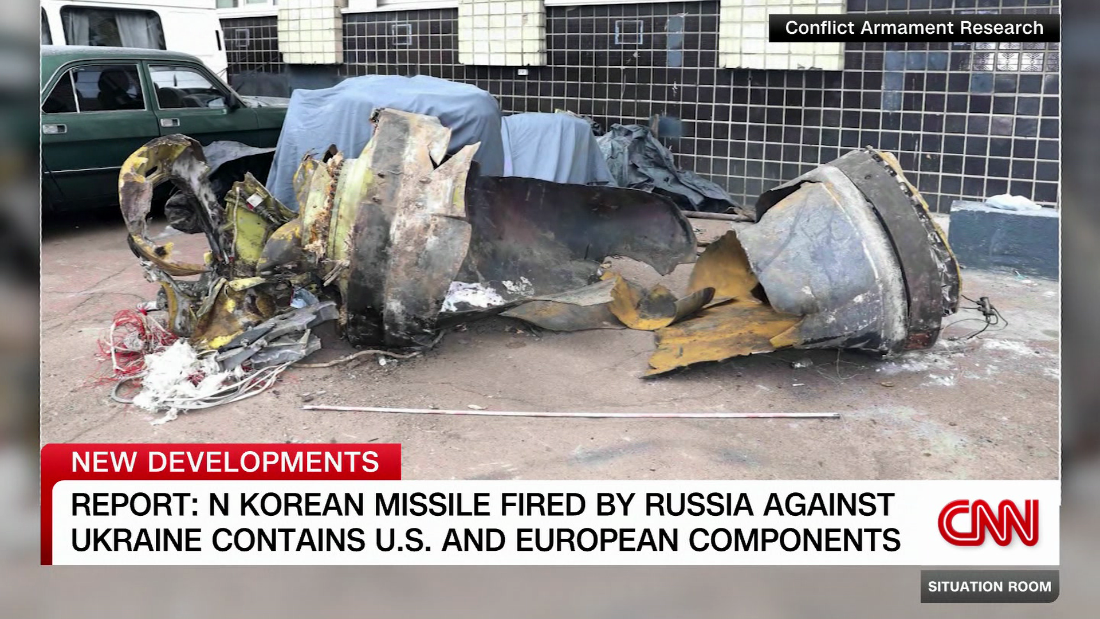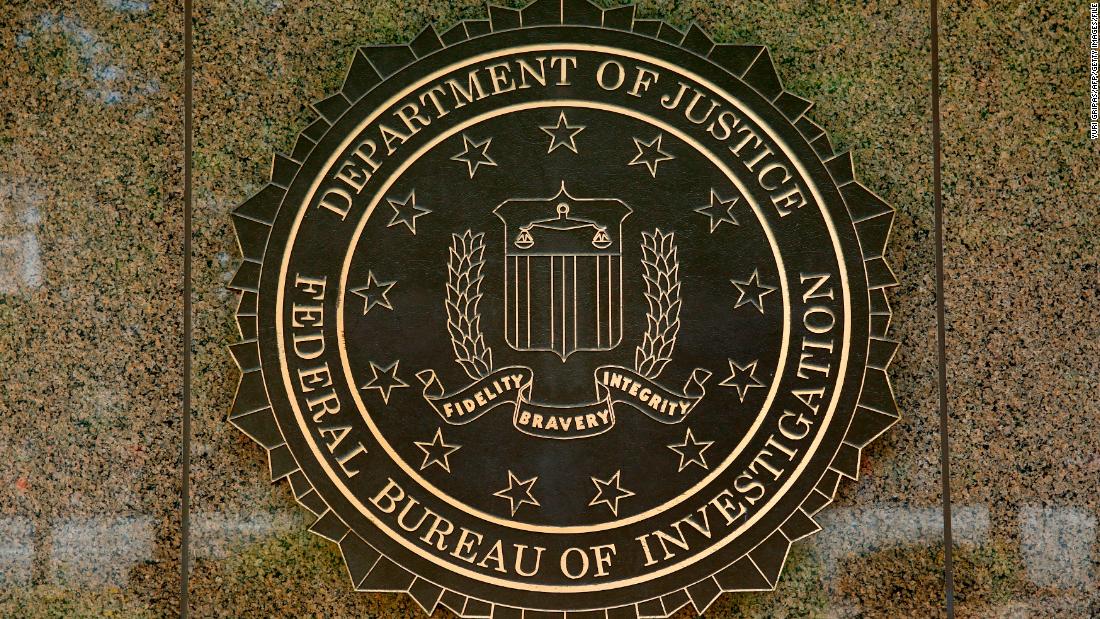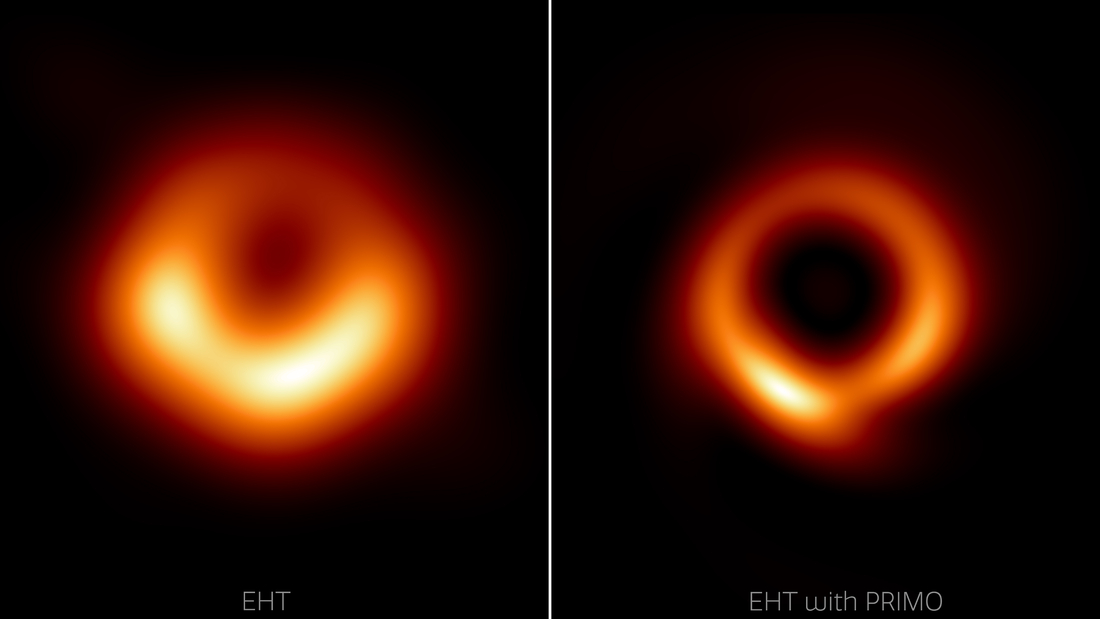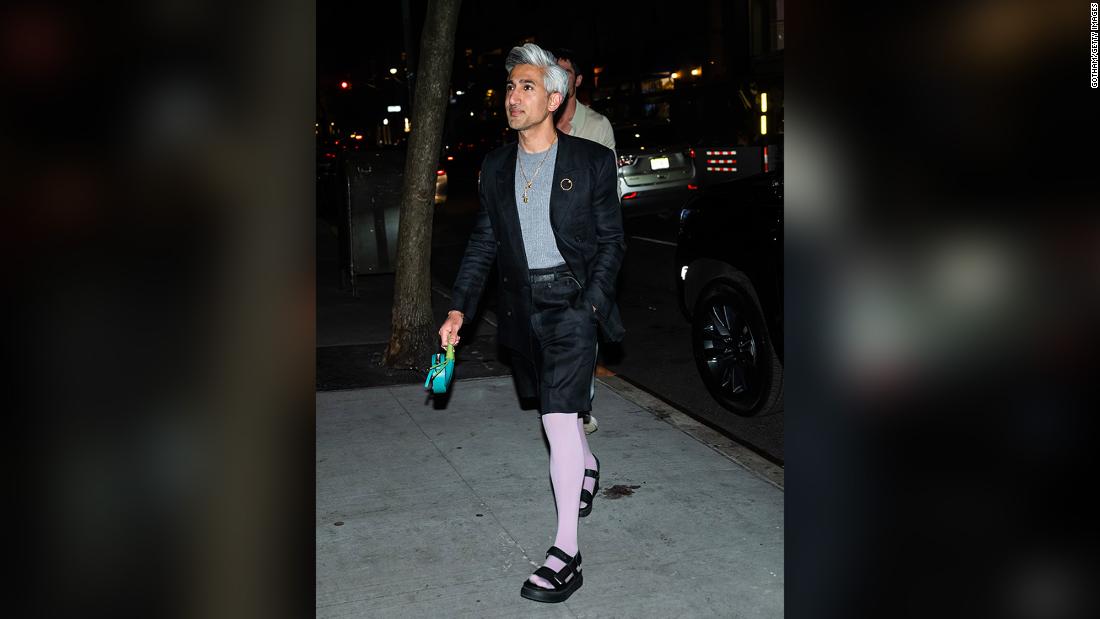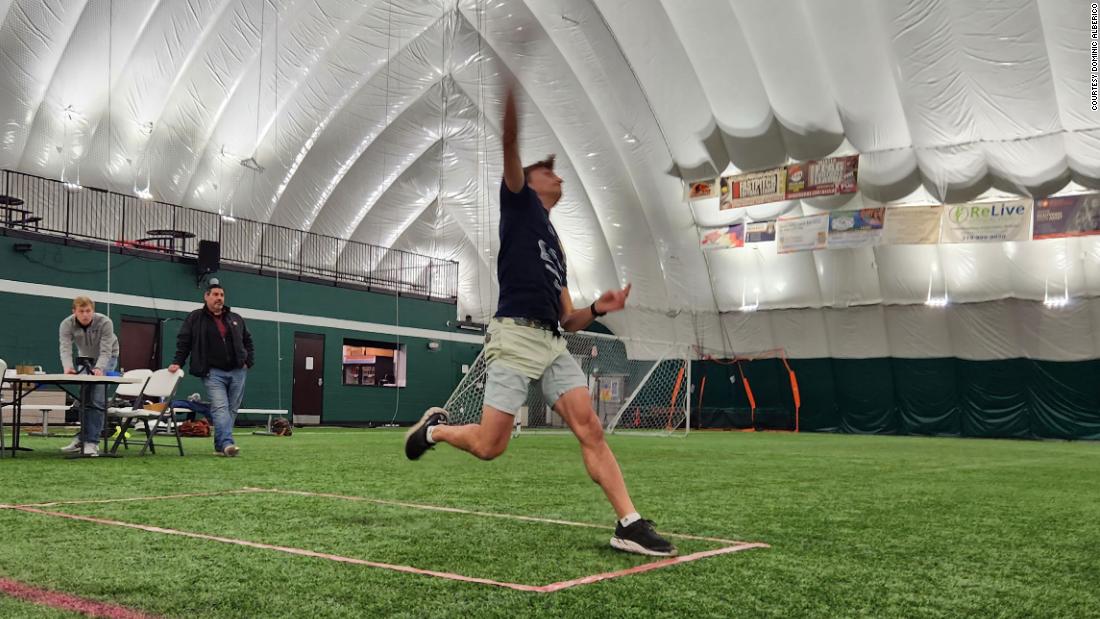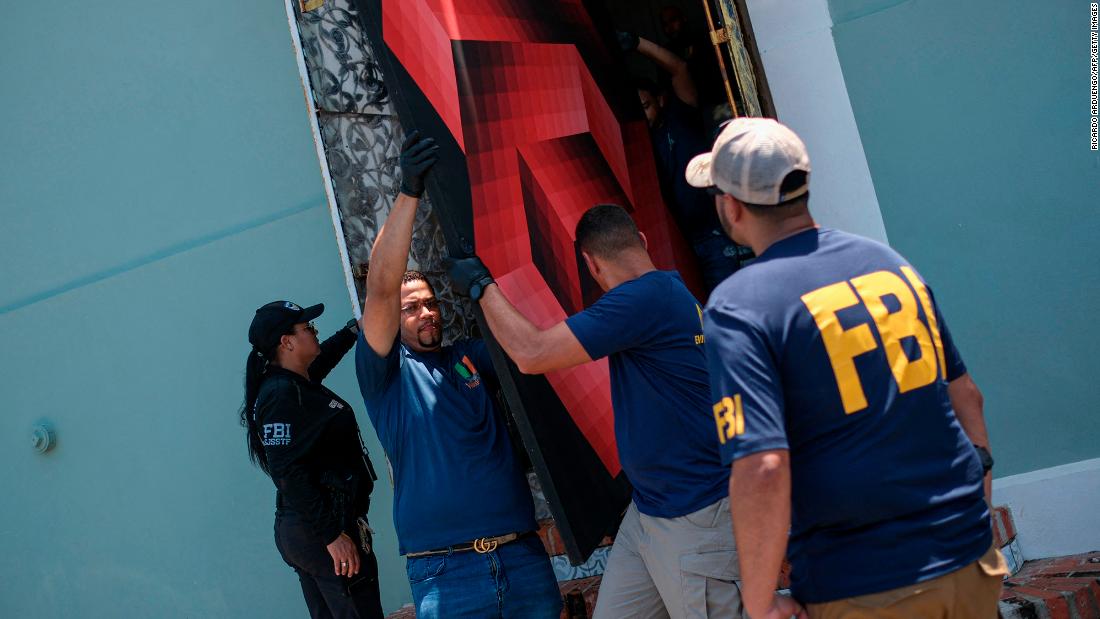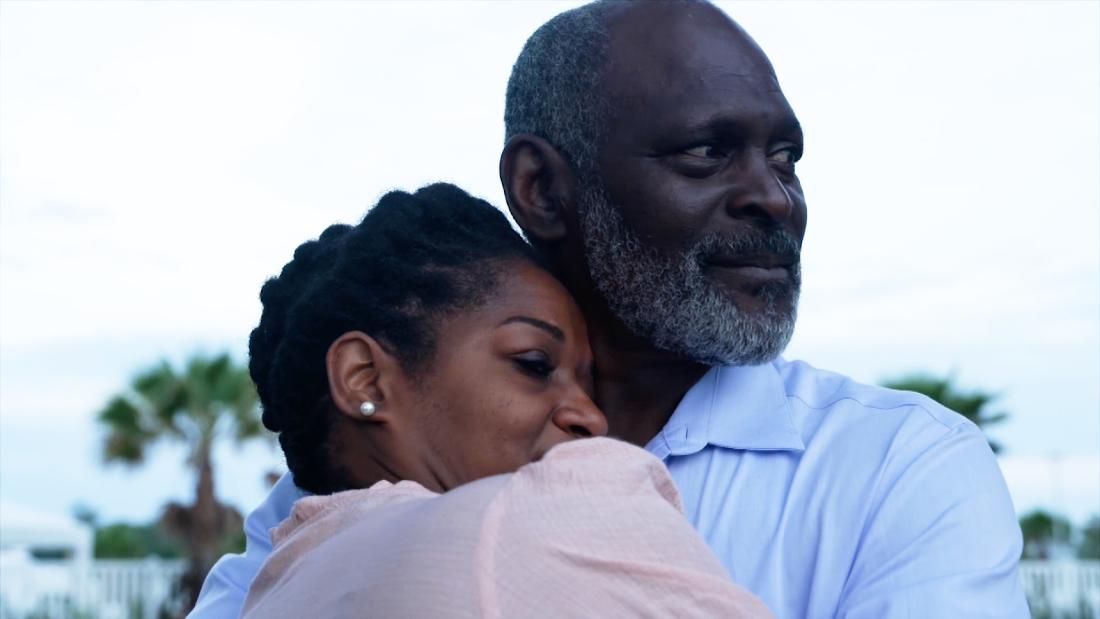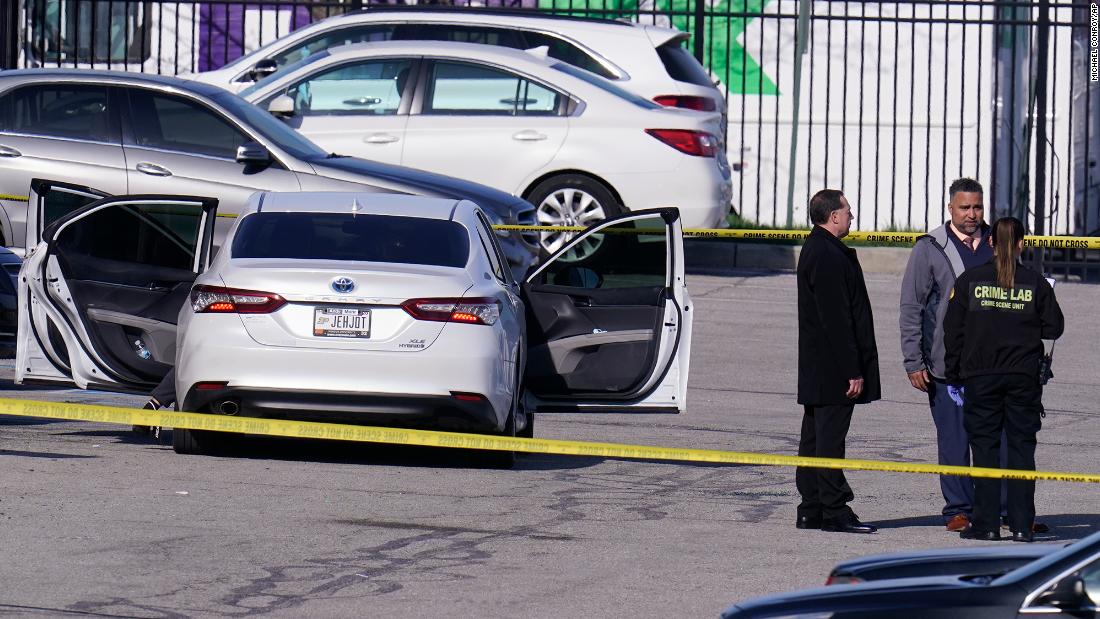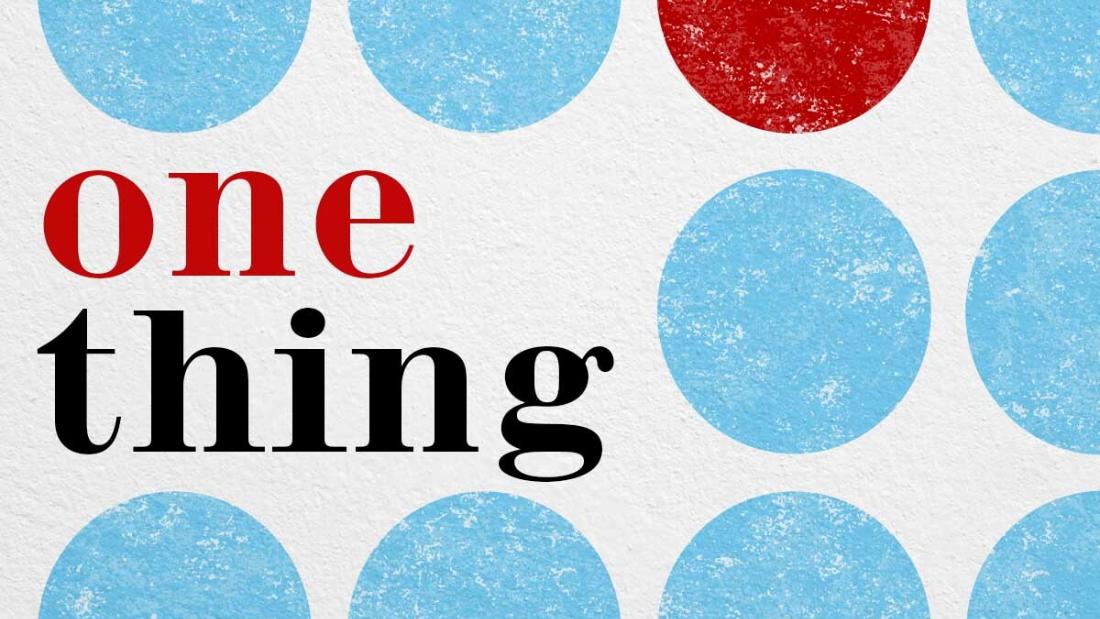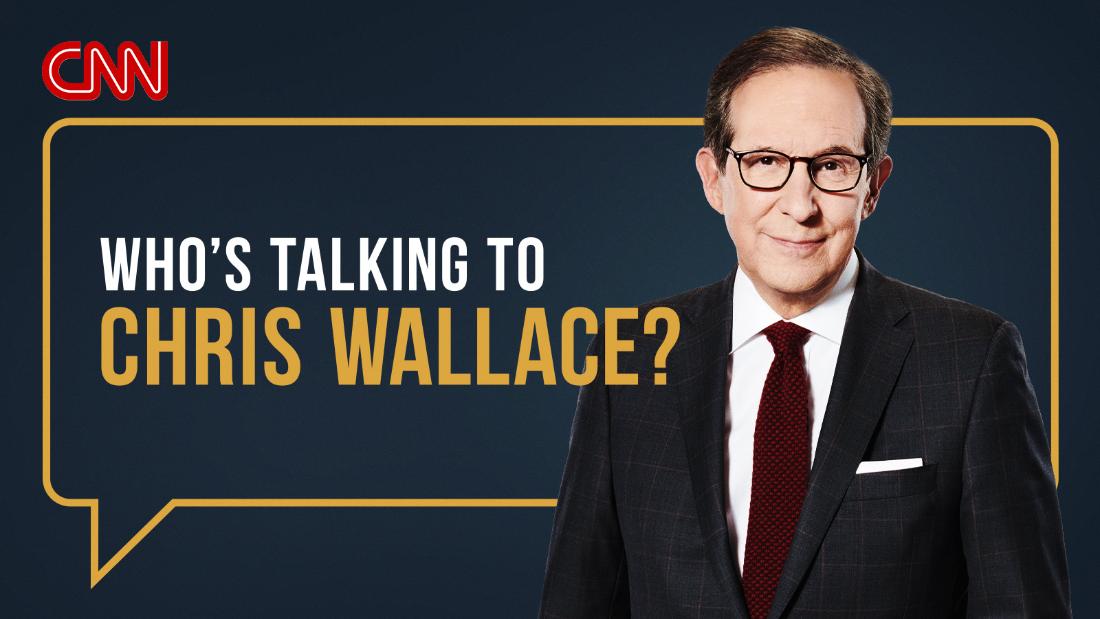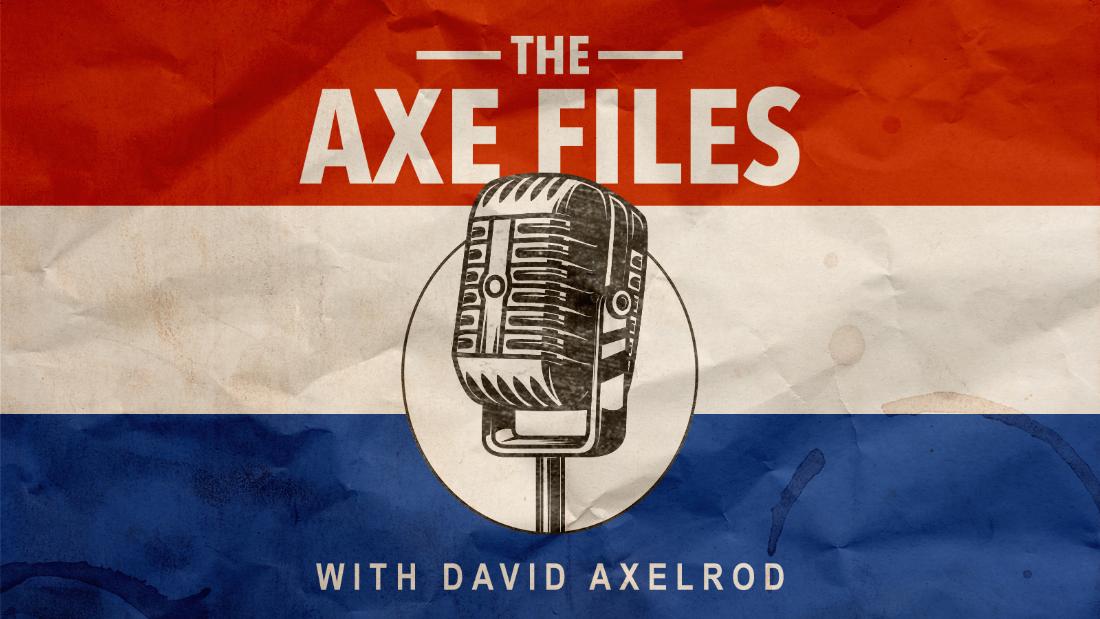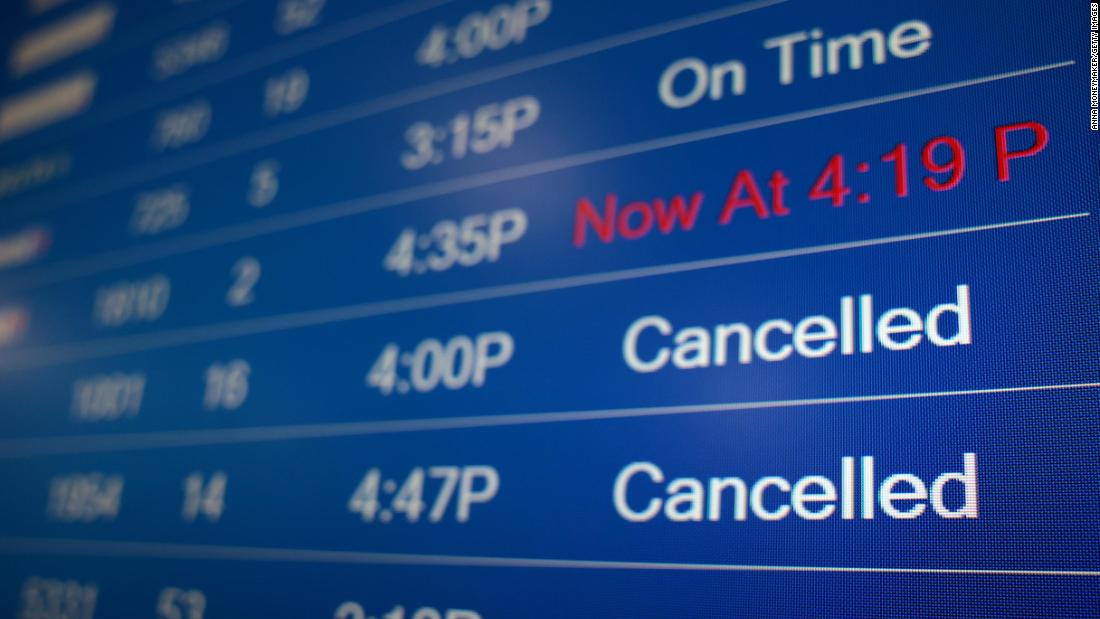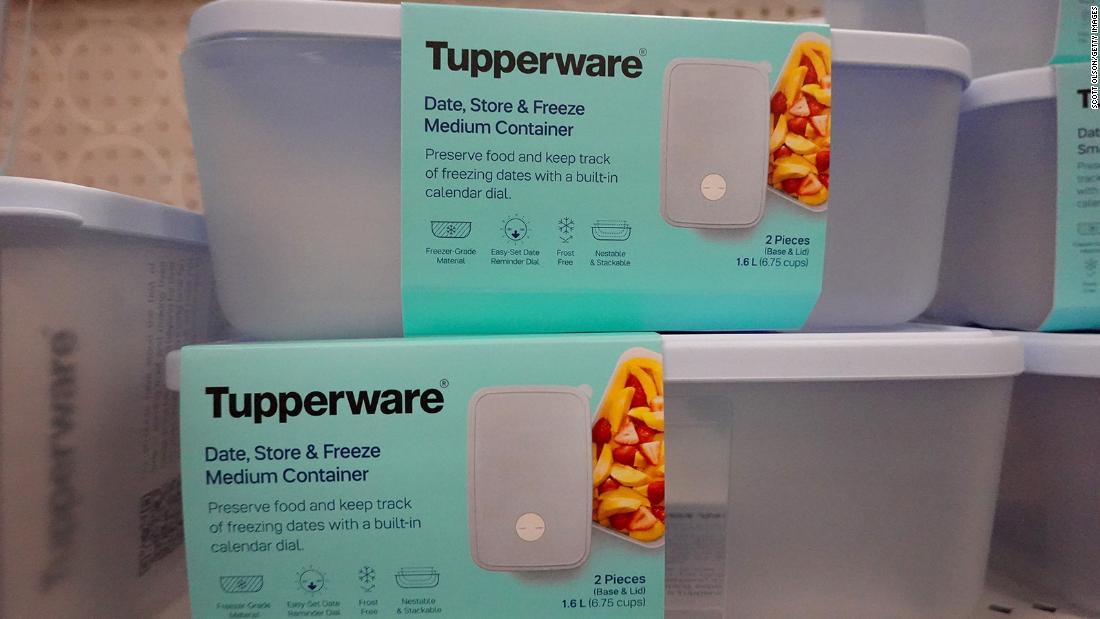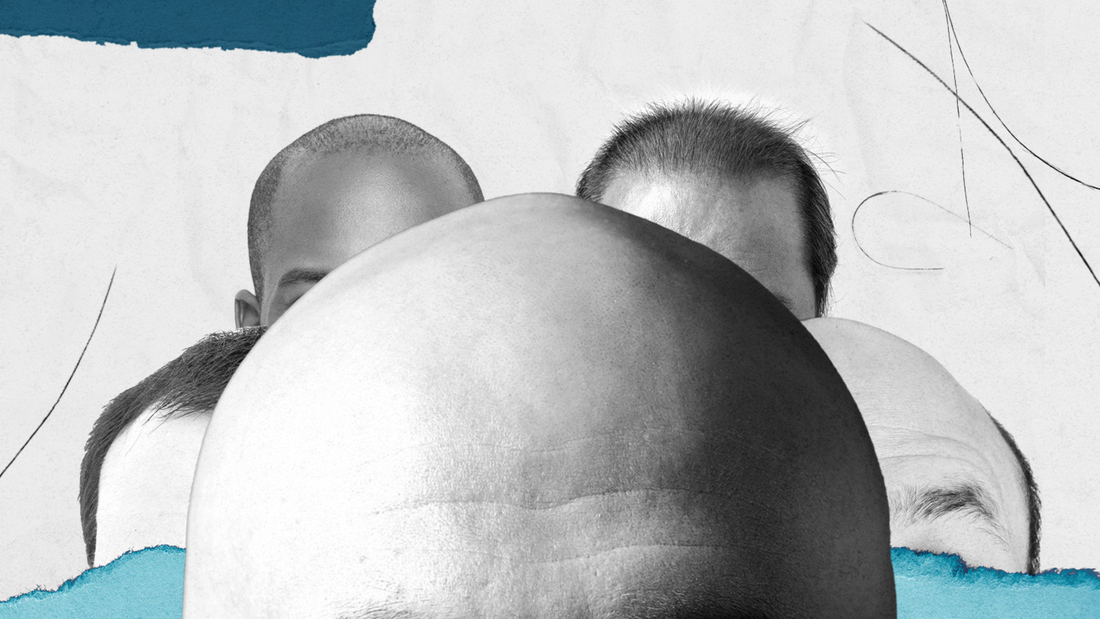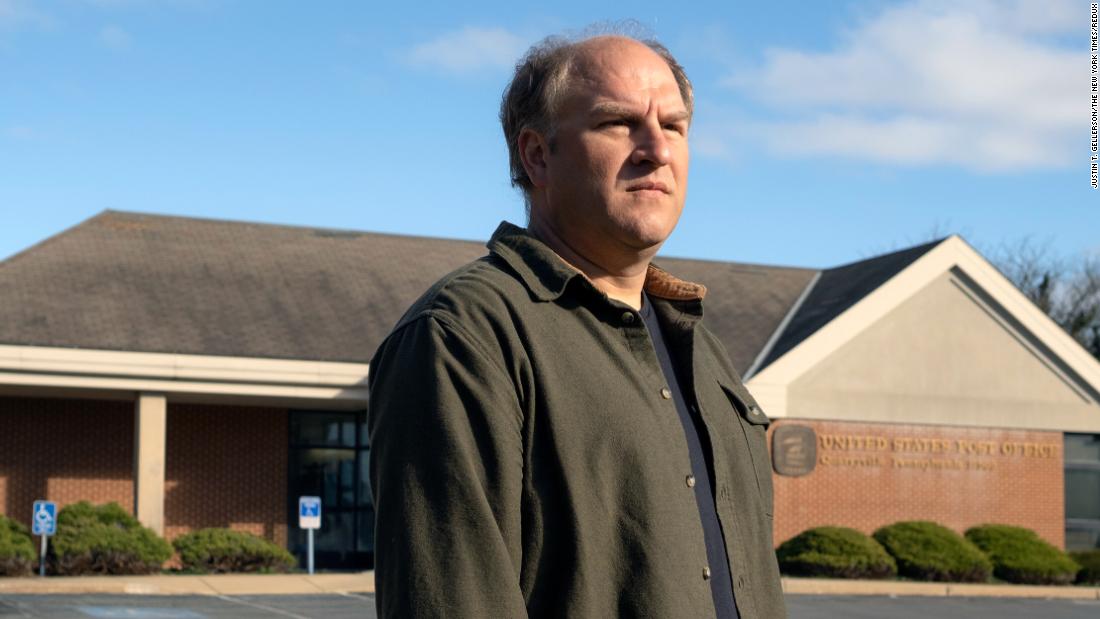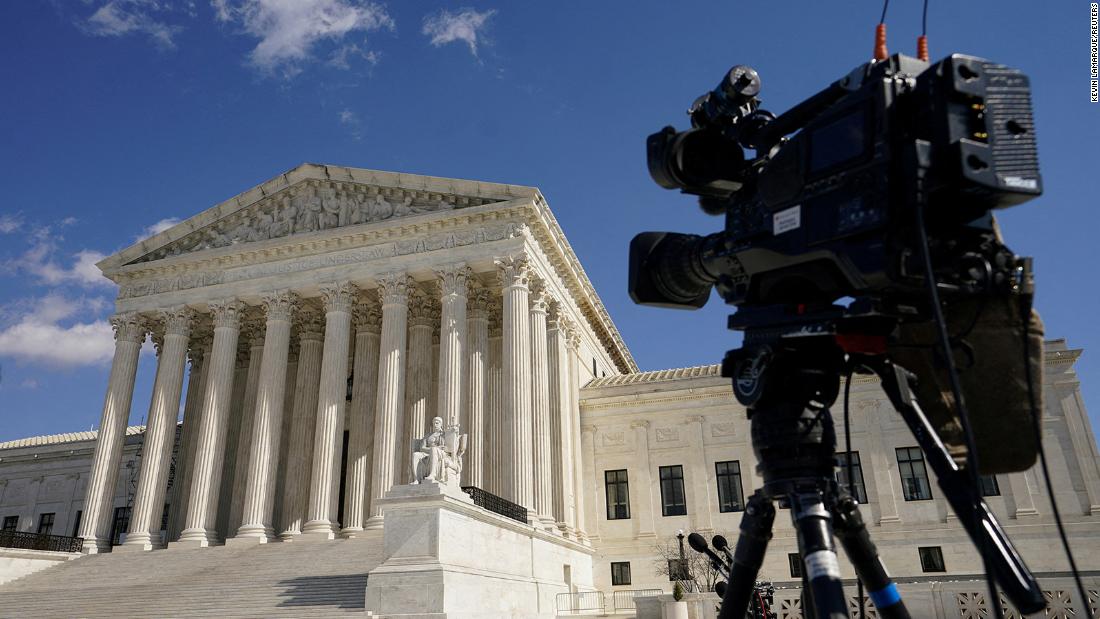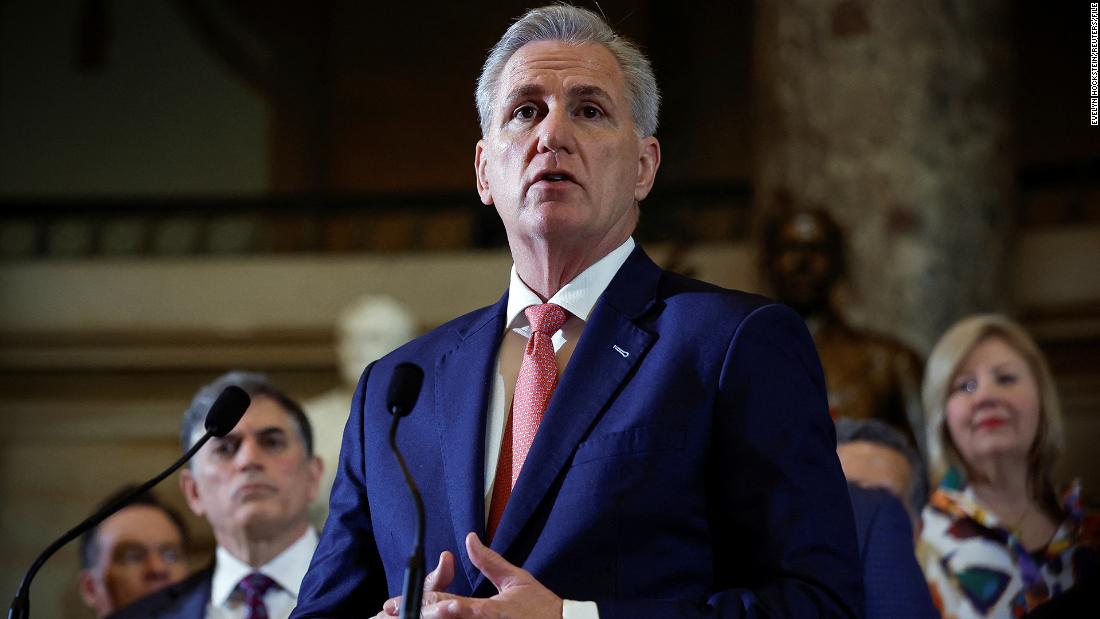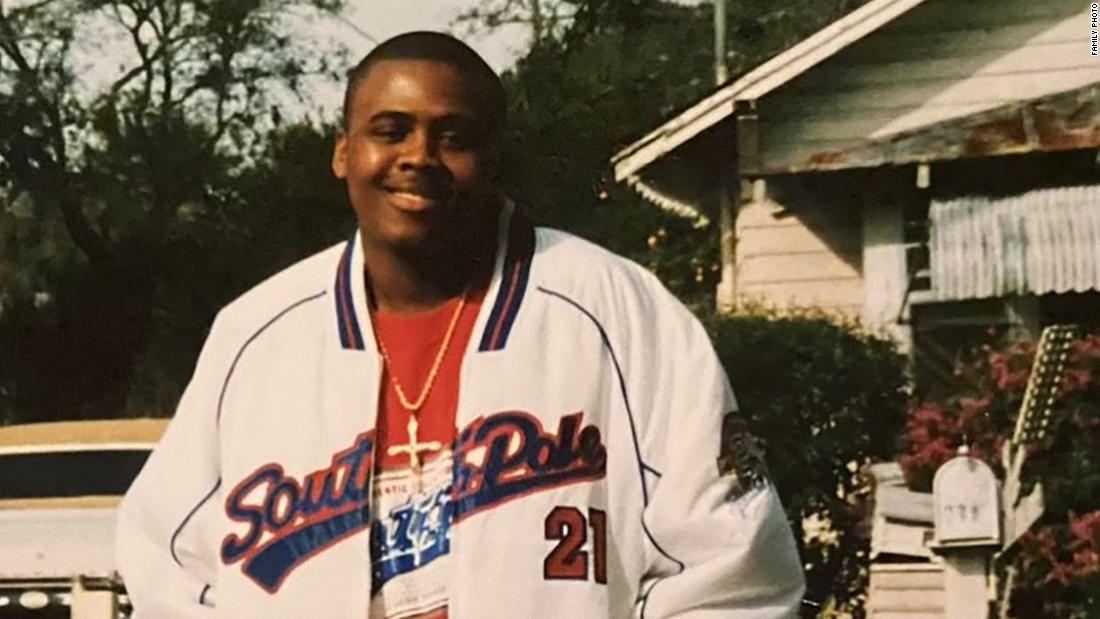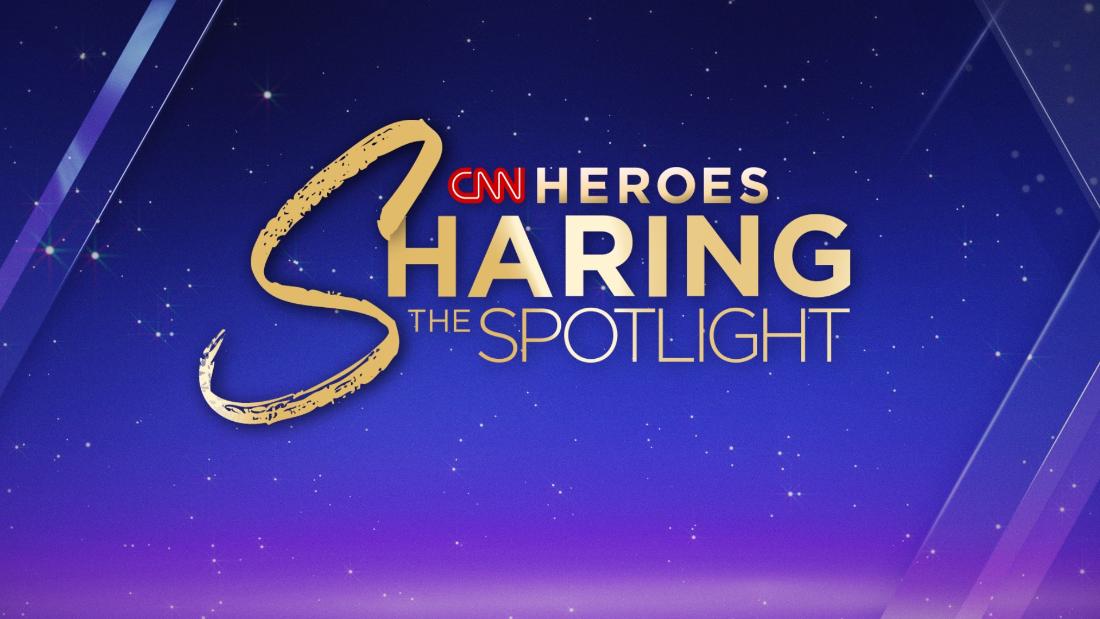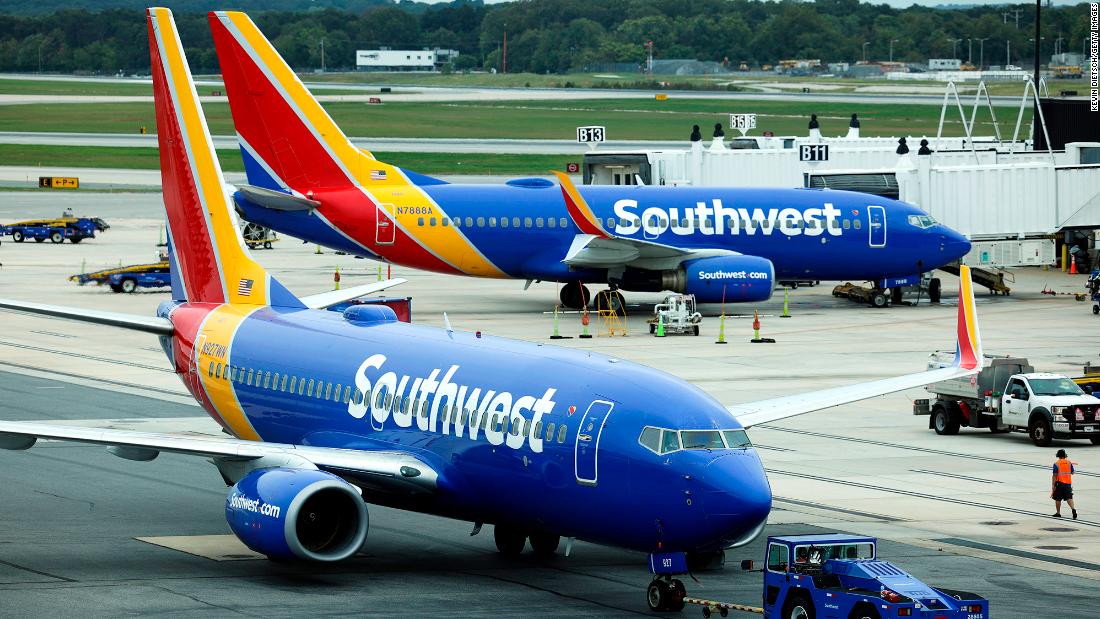AS the 90s hip hop scene exploded in the US it sparked a tragic gang war that claimed the lives of hundreds of young men – including those of rappers Tupac Shakur and the Notorious B.I.G.
Now, 27 years after Tupac was shot as he waited at a red light in Las Vegas, Duane ‘Keefe D’ Davis has been charged over his murder.
GettyDuane ‘Keefe D’ David has been charged over Tupac Shakur’s murder[/caption]
APDavis is alleged to be one of four gang members who plotted the killing[/caption]
So, will this finally give justice to the case that has been the subject of sleuths for decades?
Davis, who was arrested by Las Vegas police (LVMPD), was alleged to be one of four gang members who plotted the killing after Tupac’s posse attacked ‘hitman’ Orlando Anderson, a member of the Crips gang.
Greg Kading, a retired Los Angeles police detective who spent years investigating Tupac’s murder, called Davis the “last man standing”, as “the other direct conspirators or participants are all dead”.
At a news conference last week, Vegas Sheriff Kevin McMahill said: “For 27 years the family of Tupac Shakur have been waiting for justice.
“There have been many people who did not believe that the murder of Tupac Shakur was important to this police department.
“I’m here to tell you: that was simply not the case. Our goal at LVMPD has always been to hold those… responsible for Tupac’s violent murder accountable.”
But British filmmaker Nick Broomfield, who has made two documentaries on the gangland murders, questions why it took so long for Davis, whose court case stated today, to be arrested.
He claims the answer stems from a “cover-up” by the Los Angeles police (LAPD) whose own officers were allegedly involved in the subsequent killing of Biggie – real name Christopher Wallace.
Getty – ContributorThe car in which Tupac was shot while stopped at a traffic light[/caption]
Nick Bloomfield has made two films about Tupac and believes there’s been a cover-upOptimum
Nick says: “Over a decade ago, Greg Kading interviewed Keefe D over a drug dealing charge and did a deal with him, reducing the sentence for the drugs if he confessed openly about the killing of Tupac.
“He got Keefe D on tape, admitting to being in the car and supplying the murder weapon to his nephew, Orlando Anderson, who carried out the shooting.
“Maybe the reason it took so long for them to actually charge Keefe D was because the next question would always be, ‘Who killed Christopher Wallace?’”
Kading has suggested Vegas police, who reopened the case in 2018, may have been waiting for 60-year-old Davis to “hang himself” with constant boasts about his involvement in the shooting.
In 2018, after he was diagnosed with cancer, Davis provided details to BET about the drive-by shooting, including that he was in the front seat of the Cadillac.
A year later he released a tell-all memoir, Compton Street Legend, describing himself as one of the last living witnesses and adding details of the slaying.
“One of my guys from the back seat grabbed the Glock and started bustin’ back,” Davis wrote. “As the rounds continued flying, I ducked down so that I wouldn’t get hit.”
Police arrested the lifelong gang member last week, after a search of his home revealed new evidence, including photos and bullet shells.
Gang wars
GettyTupac has sold 75 million records[/caption]
APNick says Tupac (left) saw record boss Marion ‘Suge’ Knight (right) as a ‘father figure’[/caption]
Considered one of the most influential rappers of all time Tupac, who was just 25 when he died, has sold more than 75 million records worldwide.
With violent, misogynistic lyrics, the emergence of hip hop was inextricably linked to gang violence and drug crime, and the deprived area of Compton, where Tupac was raised, was at the heart of the LA wars.
But Nick, who spoke to former gang members and the families of the two rappers for his 2002 documentary, Biggie and Tupac, and the 2021 follow-up, Last Man Standing, says the warfare was embraced and exploited by record boss Marion “Suge” Knight as a way to sell records.
And he says the Death Row Records boss, who was like a “father figure” to Tupac, dragged his protege into the gang warfare that ultimately cost him his life.
“Suge Knight came from Compton but from a very good family and he got a scholarship to Las Vegas university, but he was surrounded by gang members and fantasised about being a gangster,” he tells The Sun.
“It was the height of the crack epidemic and gang members were driving around in flash cars because they made so much money from cocaine.
“When he set up Death Row Records in 1991, it was funded by cocaine dealer Michael “Harry-O” Harris and he employed gang members to do security for him.
BBCBiggie Smalls, Suge Knight and Tupac Shakur[/caption]
GettyTupac, Biggie Smalls and Puff Daddy perform onstage at the Palladium in New York on July 23, 1993[/caption]
“They terrorised everybody in the music industry. He would walk into a concert hall or awards ceremony with 20 gigantic guys, real thugs, and record executives were totally intimidated.
“So Suge Knight pretty much did whatever he wanted, terrorising people into contracts and persuading them work for him.”
At the height of his fame in 1995, Tupac was jailed for a sexual assault charge but released pending an appeal after Knight paid his £1.2million bail, signing him to Death Row Records on his release.
“Tupac found this father figure in Suge Knight and soon became a member of the Mob Piru gang,” says Nick.
“Tupac was quite a small guy, very delicate and sensitive. He was certainly not a gangster, but he started imitating the life he was singing about and became almost imprisoned in this identity he created for himself.
‘Tragedy of naivety’
APThe intersection of Harmon and Las Vegas Blvd where Tupac was shot[/caption]
On the day he died, however, he picked a fight with the wrong guy.
Orlando “Baby Lane” Anderson, then 22, was a hitman for the rival Compton gang the Crips and, after a clash with the rapper at a Las Vegas casino, he was kicked and beaten by Knight’s henchmen.
“It’s a sad testimony to Tupac’s naivety that he didn’t realise Orlando was a hitman,” says Nick.
“You don’t slight the hitman because his standing within the gang will completely disappear if he doesn’t retaliate.”
It’s a sad testimony to Tupac’s naivety that he didn’t realise Orlando was a hitman
Nick Broomfield
At 11.15pm, as he and Knight were driving to a club, a white Cadillac pulled up beside him at a traffic light and a man, believed to be Anderson, got out and fired into the black BMW, hitting Tupac four times, in the arm, thigh and chest.
He died in hospital the following morning.
At the time of the murder the infamous East Coast-West Coast rivalry was also at its peak – again fostered by Suge Knight, who pitted Tupac and the record label against New York based artists Sean “Puff Daddy” Combs, founder of Bad Boy Records, and the Notorious B.I.G., AKA Biggie Smalls.
“Suge Knight invented this whole ridiculous war between the East Coast and the West Coast, which really had no foundation at all except he loved having a war,” says Nick.
“I don’t think Biggie Smalls or Puffy had any interest whatsoever in having a war with Suge Knight but they were terrorised, frightened, so when they came to Los Angeles, they had to get other gangsters to protect them.
“Knight was employing the Mob Piru, so they went to the Crips.
“The real irony is that Tupac initially loved Biggie and used to bring him on stage as a support act.
“He went out of his way to help him, but Suge Knight created this disharmony between them because he thrived on creating conflict and these two great talents got sucked into it.”
‘Precision killing’
Six months after Tupac’s death, on March 8, 1997, Cristopher “Biggie” Wallace attended a Soul Train Awards after-party and left shortly after midnight.
As his SUV stopped at a red light, a man in a Chevy Impala rolled down his window, drew a 9mm pistol and fired at the car.
The 24-year-old was hit by four bullets and died at Cedars-Sinai Medical Center an hour later.
Nick believes the unsolved murder was committed by anti-gang cops who were affiliated with Mob Piru – AKA Bloods – and were moonlighting as “security” for Suge Knight.
“The retaliatory killing of Biggie Smalls is the really controversial killing because it allegedly involved three LAPD police officers,” says Nick.
“If you study the two murders you can see Orlando Anderson just sprayed a car with bullets. But in the murder of Biggie Smalls, the line of bullet holes on the door was straight, all at the the heart and lungs level.
The retaliatory killing of Biggie Smalls is the really controversial killing because it allegedly involved three LAPD police officers
Nick Broomfield
“This suggests it was a trained marksman who knew that one of the bullets was going to make contact. It was a precision killing, police radios were used, and there was a lot of evidence that was hushed up.
“Biggie’s mother Voletta Wallace brought a lawsuit out against the LAPD for withholding evidence, after evidence was found hidden in a desk drawer, and the LAPD were fined $1million by a high court judge for withholding information.
“For Biggie and Tupac I talked to LAPD police officer Russell Poole, who named three LAPD police officers suspected of taking part.
“They were David Mack, who was subsequently charged and imprisoned for a bank robbery; Rafael Perez, who was involved in widespread corruption exposed in the Rampart scandal in the 1990s, and Amir Muhammad.
“There are pictures of David Mack and Rafael Perez in the red Bloods gang clothes.”
The names were based on the testimony of jailed informant Michael Robinson. Muhammad has strongly denied having been at the scene or having any gang affiliations.
A wave of violence was unleashed in the wake of the high-profile murders, with over 50 gang members killed, including Orlando Anderson, who was shot dead in May 1998.
‘Blood on his hands’
Suge Knight is serving a prison sentenceRex Features
Suge Knight is currently serving 28 years in jail for the voluntary manslaughter of former business partner Terry Carter, who he deliberately ran over after an argument on the Straight Outta Compton film set in 2015.
But Nick believes the former record boss has more blood on his hands.
“Knight was someone who couldn’t deal with success without taking it to its absolute limit,” he says.
“He based himself on a kind of Al Capone character and invented all these wars and so many lives were lost. Nobody benefited from them.
“I interviewed a lot of gang members still living in Compton and they’ve all lost family members or brothers who were Mob Pirus. It’s such a tragedy.
“This became a full scale war and after Tupac’s death… innocent bystanders got shot, because these were not trained marksmen. They would shoot wildly into a shopping centre.
“People were running around with AK 47s and automatic weapons.”
With one of Tupac’s alleged killers now facing jail, Nick says it’s time Biggie’s case was revisited – but he’s not holding out much hope.
“There was definitely a concerted decision on the part of the LAPD to try and hide this murder because they would look so bad if such a high-profile killing involved LAPD police officers, but that is what I believe to be true,” he says.
“I think there’s been such a cover-up for so many years, and many police officers have lost their jobs because they were asking too many questions.
“When you have things happening at that kind of level before, and there’s really been no attempt at investigation, it’s very hard to imagine that they are going to change their ways.”
YouTube/The Art Of DialogueDuane Davis is in court this week[/caption]
GettyTupac’s family have been waiting 27 years for justice[/caption] Published: [#item_custom_pubDate]













